ADVERTISEMENT

ADVERTISEMENT
If you haven't seen it yet, Phillips has put out one of the most incredible auction catalogs in watch collecting history for its tenth anniversary celebration of Phillips In Association With Bacs and Russo. Held November 8th and 9th at Hotel President in Geneva, not only is the upcoming "Decade One" sale packed with big lots, but it also offers an incredibly diverse selection for a modern buyer.
"It's history now," were the words from Aurel Bacs when he finally slammed the gavel on the sale of the $17.75 million "Paul Newman" Daytona.
There's no question that the auction house's watch department, under the guidance of Aurel Bacs and Livia Russo, has played a large part in shaping the market in the last ten years. Even the sale of the Rolex "Paul Newman" Daytona alone has likely done more to bring the vintage collecting space to broad, global attention than any other moment in our hobby's history.
Phillips' Patek Phillipe ref. 1518 in steel. It's an unusual if unheard of year when you get to see two of these in a public setting, let alone for sale.
There's also little doubt that one of the goals is to host an auction with record-breaking potential. This is a retrospective, of sorts, on a decade of the market and watch collecting as a whole, with some of the biggest-ticket items on the planet. The inclusion of a steel Patek ref. 1518 is both a nostalgic revisit to the house's record-breaking sale of that same watch in 2016 and a play to entice a buyer into another record-breaking price. But many inclusions reflect a growing market that's healthier, better informed, more discerning, and willing to pay up.
Lot 80 is an incredible Patek Philippe ref. 2438/1 with an estimate of CHF300,000 - 600,000 and represents the kind of old-school charm that, unfortunately, has gotten overshadowed on the modern market. But it's still a killer. It also has the smallest overall production of any Patek perpetual calendar. This is the only known ref. 2438 to feature a luminous dial, and most 2438 have baton or bullet indices. Photo courtesy Phillips.
There are 213 lots in this "Decade One" auction, and as I perused the watches in an exclusive private preview in August, I found that I could have easily written a few hundred words each on at least a quarter of them. I also reflected on what a catalog like this says about the last decade and the next. I will admit to not having been particularly engaged with the auction market during the first three years of Phillips' partnership with Bacs and Russo, but by 2018, I was actively following it. Here are six big takeaways from the catalog.
The More Things Change, The More They Stay The Same
The market has certainly evolved over the last ten years, in ways we'll cover later. But a decade on, we see the return of the same blue-chip references. Patek's 1518 and 2499, Paul Newman Daytonas, and custom-order watches for the Sultan of Oman comprise all of the lots with estimates starting at CHF 500,000 (and therefore exceeding CHF 1,000,000). By Phillips' pricing strategy, they expect the watches to go for much more.
If they're not surprising references to see as the top lots, these are at least incredibly outstanding examples. The 1518 in steel (estimated at over CHF 8 million) is remarkable and in top condition, looking completely unworn compared to when it was last sold in 2016. That would make sense, as I've heard from multiple sources that the rumor is the watch did, in fact, sit in a vault since its last sale.
The owner of the other 1518A on the market right now, being brokered privately by Davide Parmigiani, has an affinity for watches with more "character" and patina, so they're entirely different beasts. The Phillips example has a much sharper case and dial, and buyers will be weighing those tiny details, especially when considering a $10,000,000+ watch.
The second-highest estimate (CHF 1,200,000 - 2,400,000) goes to a lovely example of pink-on-pink 1518. It shouldn't break any records compared to the $9.7 million price achieved by the pink-on-pink watch belonging to Prince Mohammed Tewfik A. "T.A." Toussoun of Egypt. That was considered one of the best to ever come to market, while the case here is softer, and the dial has some marks, scratches, and gouges.
That said, there are only about 15 pink-on-pink 1518 known, so any on the market will fetch a high price. A yellow gold 1518 rounds out the trio, with a case that has nice hallmarks and a dial restored by Patek Philippe (which has triggered some discussion among dealers and collectors), which overall lacks a bit of punch but should go higher than the CHF 200,000 to 400,000 (which, at the low end, would be the weakest for a 1518 in 7 years).
Patek Philippe ref. 2499 First Series with Wenger case. Photo courtesy Phillips.
There are two 2499s, which are anything but average. The Gübelin-signed fourth series looks quite strong, but this is a rare time when a signed 2499 is overshadowed, in this case by a really nice first series with a Wenger case (one of 28 made). It's a really beautiful and honest watch, with some patina but sharp windows. The case has the shape and hallmarks you'd want, even if it isn't completely new-old-stock. In short, while they might not be the platinum or Asprey-signed examples, these are the kinds of 2499s you'd really hope to see in an auction encapsulating the market over the past decade.
An embarrassingly great number of Daytonas.
Then there's Rolex. In some ways, these watches have been more responsible for the boom in watch collecting over the last ten years. It feels like, after the iconic sale in 2017, everyone and their mother has a Paul Newman Daytona. But these are wild examples.
There's the early ref. 6239 "Golden Pagoda", which carries an estimate of CHF 500,000 - 1,000,000, and returns after its sale at Phillips Daytona Ultimatum in 2018 for CHF 948,500. The watch is so remarkable it's hard to put into words, but I'd imagine out of the already small number of ref. 6239 made in gold (300 or so), there isn't a better champagne Paul Newman 6239 in the world. It takes a lot to overshadow an American-market champagne Paul Newman ref. 6241 (which they have at CHF 350,000-700,000), but that will do.
Oh, then there's also a steel RCO/Oyster Sotto, steel 6239, and another "Musketter" Paul Newman 6239. It's funny how the same general references we've gotten used to can still excite you when the examples are fantastic. I struggle to see other models supplanting these at the top of the market over the next decade, but I doubt we'll see the same massive growth we had before.
Journe Still Can’t Be Stopped
Guess how many F.P.Journe watches were in Phillips' "The Watch Auction: One." The answer? Six lots, and one of them was a set of pens. A Vagabondage 1 sold for a third of what it would today, and that was probably the most exciting lot that day. Now, you can't hold an auction without a few super-enticing Journe watches, and while there are only seven in this catalog, they're all outstanding. And, as a sign of the times, only one has an estimate starting below the highest price from that first auction.
F.P. Journe Chronomètre à Resonance souscription no. 2.
A Ruthenium tourbillon. Photo courtesy Phillips.
Régence tourbillon.
I don't follow Journe pricing as obsessively as some, but the Octa Perpétuelle "Tokyo Edition" should draw interest as people work to complete their sets. A Journe-collecting friend recently noted that there are 99 Ruthenium tourbillons, so they're not "rare" in his mind, but I beg to differ—and so does the estimate of CHF 200,000 to 400,000.
The Tourbillon Souverain "Régence Circulaire" is far rarer and features a much bolder dial. And while there was no way Phillips could top their record-setting sale of Journe's second-ever wristwatch, the inclusion of the second Chronomètre à Resonance of his souscription series of twenty proves that you need to have Journe in the mix of any auction, and the brand is here to stay.
A Well-Rounded Market Has History, Not Just Hype
The Ferdinand Berthoud Naissance d'une Montre 3. Photo courtesy Phillips.
We just talked about a lot of "hype" pieces that are easier for newer collectors to understand, but Phillips has a more well-rounded catalog than that. Of the first ten lots, one is a marine chronometer from Louis Berthoud, purchased and gifted by Napoleon Bonaparte, and another is a 19th-century set of demonstration escapements from Urban Jürgensen's workshop. Also, in an upcoming article, I'll go in-depth with Ferdinand Berthoud's entirely handmade Naissance d'une Montre 3, and the unique steel prototype for that watch carries an estimate of CHF 400,000 - 800,000. How's that for anti-hype goodness?
Patek Philippe ref. 3424/1 designed by Gilbert Albert. Photo courtesy Phillips.
On the other end, there's a watch with a history that has only grown in appreciation over the last 10 years, a Gilbert Albert-designed Patek ref. 3424/1 with diamond brancards (which I have a soft spot for). That watch comes from a single-owner collection, in this case, Ernst Schuster, a well-known and passionate collector who often bought other oddballs and "relieved" Patek of watches that would only be appreciated by the market much later.
I love the affordable ref. 559 and ref. 1544 for their unusual designs, but if I were shopping for myself, I'd pick up one of the two ref. 3796. It shows how, sometimes, unusual things can still find legs years later. Schuster also collected some blue-chip pieces. The Gübelin ref. 2499 was his, as was a Tiffany-signed ref. 1436.
The Tiffany-signed Patek Philippe ref. 1436.
There are also two lots with connections to the famous J.P. Morgan, a Cartier Mystery Clock, and a really extraordinary Frodsham Split-Seconds Minute Repeating Tourbillon, but if you want to read more, you can check out this story from Phillips. All of these watches prove that there is still a strong market for more scholarly watches, even as much of the old guard passes the torch.
Indies For A Decade, And New Ones For A Decade More
If the last few years have taught us anything, it's that there's a love of independent, artisanal watchmakers who not only make great products but can stand in front of you and make you feel like you're supporting one of the greats. There's also an underlying, sometimes uncomfortable rollercoaster in their prices. And yet, taking the long view, the trend has been remarkably upward.
Offerings from Kikuchi Nakagawa and Hajime Asaoka.
The movement side of the Hajime Asaoka Tsunami prototype.
Simon Brette's Chronomètre Artisans.
There are no Dufours or Roger Smiths in this auction, but it's obvious that Phillips sees a bright future (and admiring past) for the independent space. The auction starts one, two, three with strong, modern indies of Otsuka Lotec, a non-souscription Simon Brette Chronomètre Artisans, and an MB&F Split Escapement EVO. For the first time for the auction house, Phillips is offering a Kikuchi Nakagawa, which gave me a chance to see one in person.
The entire watch fell a bit flat for me, but the concept of the watch is so simple and so well-executed that it's impossible for them to jazz it up, and I think it's probably so perfect that I miss some imperfection. There's also a Yosuke Sekiguchi Primevere, a very unusual Ondrej Berkus "Remontoire Dead Beat Seconds" (my first time seeing his work), and a Hajime Asaoka Tsunami "Art Deco" Prototype. Asaoka and Nakagawa, in particular, stand out as brands people might want to get at auction, as the delivery timelines for these watches have become excessively long.
Urban Jürgensen with perpetual calendar module by Bernhard Zwinz and Christian Klings' Tourbillon 7.
There are over a dozen other independents, but the two that I want to mention are watches by Christian Klings and Urban Jürgensen. You rarely see Christian Klings' work come to auction, and now retired, he made fewer than 35 watches over his 30-year career. Tourbillon 7 is an amazing piece of art, with fantastic design, finishing, and horology, and it has a flying tourbillon. I wouldn't be surprised if his prices skyrocketed one day (the estimate is already CHF 100,000 - 200,000).
Meanwhile, among the few Urban Jürgensens in the catalog, one of my top ten favorite lots in this auction is a unique platinum minute-repeating perpetual calendar with tourbillon. The watch was a prototype made in 2004 under Peter Baumberger and Derek Pratt, bought at auction in 2013, and then "upgraded" with a perpetual calendar made by Bernhard Zwinz. The catalog shows that the soul of independent watchmaking is very much alive, whether past or future.
The Devil is in the Details
Details have always been the key to collecting. There's no doubt. However, some details started as deep cuts for seasoned collectors that, over the past 10 years, are things that even people just beginning in the space will know make a watch truly special. This also means that collectors are willing to question the details and narratives and ensure they're getting what they expect.
The most obvious example in this auction is the Khanjar watches, made on special order for the Sultan of Oman. The ship has long ago sailed for these watches, save for all but a few collectors, now that everyone and their mother (literally even my mother) understands the value and appeal of a Khanjar dial. I previously mentioned the possibly unique Rainbow Day-Date with Khanjar caseback, which has one of the highest estimates in the auction at CHF 700,000 to 1,400,000. But there's also the Rolex ref. 6269 with pavé dial, princess cut diamond bezel, and a hand-engraved Khanjar filled with red lacquer on the caseback.
The Rolex ref. 6269 with Khanjar.
There are two known correct ref. 6269 with Khanjar casebacks (a third sold at auction, but I believe the caseback was engraved by laser at a later date). This differs from what's said in the Phillips catalog, but I've handled both and compared photographs. These correct ones have matching Khanjar designs, obviously done at or around the same time. The example at Phillips is outstanding. Even according to the owner of the other example, the watch Phillips has is "ten out of ten, top top condition." It's rare you get a collector to tell you someone else's example is better. At CHF 500,000 to 1,000,000, it feels very under-priced.
A Serpico-signed Patek ref. 565.
And a Serpico-signed Rolex GMT-Master.
About 10 years ago, very few people cared about Tiffany-signed anything. Now, even the less popular double-signed watches command big money. Serpico y Laino in Caracas is one of the coolest signatures, and they have a Patek ref. 565 and a Rolex ref. 6542 GMT-Master with bakelite bezel, both signed by the retailer. The GMT-Master has some really great tropical patina, but my pick would be the ref. 565, as it's the only one that is known in that configuration.
The Gübelin-signed Patek ref. 2524-1 repeater is a fantastic watch. Only two are known, and the compact 34mm case has a bold design from Emile Vichet and a wonderful cal. 12-120 from a Fritz Piguet ébauche. This is a cornerstone of Patek's history: a movement when they moved from the shaped-case repeaters to the handful of these round-cased ref. 2524s that were made. The movement is gorgeous and so well finished for the time. The caseback engraving is the cherry on top.
Finally, there are a few "look closer" kind of chronographs worth mentioning. There are more pulsation dial vintage watches than I ever remember seeing in one place. They range from the lower end of the estimates, with a CHF 1,000-2,000 "Doctor's Watch" from Angelus and CHF 2,000-4,000 Eterna with really interesting lugs, to the very cool ref. 6238 "Pre-Daytona" with pulsation scale in the middle of the dial. That estimate is for big collectors only, at CHF 100,000 to 200,000, but it would have been the thing that ten years ago would have flown under the radar. The same could be said for the very strange "Prototype dial" Daytona. Not so now. One look from even a novice collector, and your interest should be piqued enough to dig deeper.
Pocket Watches Can Be Cool, I Swear
Hear me out. As long as I've been at Hodinkee, my love of pocket watches has become a kind of schtick. But I'm not saying they're the most practical or wearable watches, nor are they for everyone, but if you're ignoring pocket watches in an auction like this, you're ignoring some of the best horological history on offer. Unfortunately, I didn't get to handle these watches, but here's my take while perusing the catalog.
One of the most incredible lots of the auction, the J. Player & Sons "Hyper Complication." Photo courtesy Phillips.
Photo courtesy Phillips.
Photo courtesy Phillips.
Looking beyond the Patek Grande Complications and the aforementioned Charles Frodsham pocket watch, there's some deep cut stuff that I've already received texts about from pocket watch-loving friends. The star is the J. Player & Sons "Hyper Complication," which is one of the most complicated vintage pocket watches in the world. The watch, made in 1907 on an ébauche from Nicole, Nielsen & Co., features a Grande & Petite Sonnerie (quarters striking on three gongs), carillon trip minute repeating (quarters striking on three gongs), split seconds chronograph with 60-minute register, perpetual calendar with leap year indication, alarm, tourbillon, and other functions. It's also just one of the most compelling visual displays I've ever seen. The estimate is CHF 400,000 to 800,000, which is both wild and deserved. For another Nicole, Nielsen & Co.–based pocket watch, the S. Smith & Sons grand complication is starting at CHF 60,000.
Dürstein Grand Complication pocket watch. Photo courtesy Phillips.
The Dürstein Grand Complication pocket watch offers a great chance to get amazing watchmaking that isn't burdened by a big brand name and may therefore be had for a bit less than other examples. The same ébauche from Audemars Piguet appeared as a base in that brand's movements, as well as one A. Lange & Söhne watch (that sold last year at Phillips for over CHF 1.1 million) and another Dürstein in Audemars Piguet's collection. This watch has a seconde foudroyante that can measure 1/5th of a second on the chronograph function.
A Breguet Equation of Time pocket watch. Photo courtesy Phillips.
There is another Breguet-themed sale from Sotheby's later this year, but Phillips has a fresh-to-market Equation of Time pocket watch from the 250-year-old brand in its auction. I'm sure the A. Lange & Söhne Quarter Repeating Grande & Petite Sonnerie and the Urban Jürgensen pocket watch will both find the right audience.
But why not pick up the Bras en l'Air "Ballerina" or rainbow enameled minute repeater by Richard Daners for Gübelin? Daners was a legend in the neo-vintage watchmaking space, so I expect bidding might surprise people here. Finally, this Patek tone-on-multitone minute repeater is just extraordinary, and the estimate of CHF 15,000 to 30,000 feels very low to me.
A beautiful Patek Minute Repeater. Photo courtesy of Phillips.
If pocket watches are a bridge too far, or you don't feel like going head-first into collecting, check out Lot 44, a worldtime wristwatch and pocket watch pair from Agassiz in 14k yellow gold and pink gold, respectively. These watches, from 1935, are amazing and incredible value for in-era Louis Cottier designs (with an estimate starting at CHF 20,000), though the condition isn't the best. I still genuinely believe that, as older collectors let go of their watches, we'll see a strong decade ahead for horological history in pocketable forms.
For the entire catalog of Phillips' "Decade One" auction, visit their website.
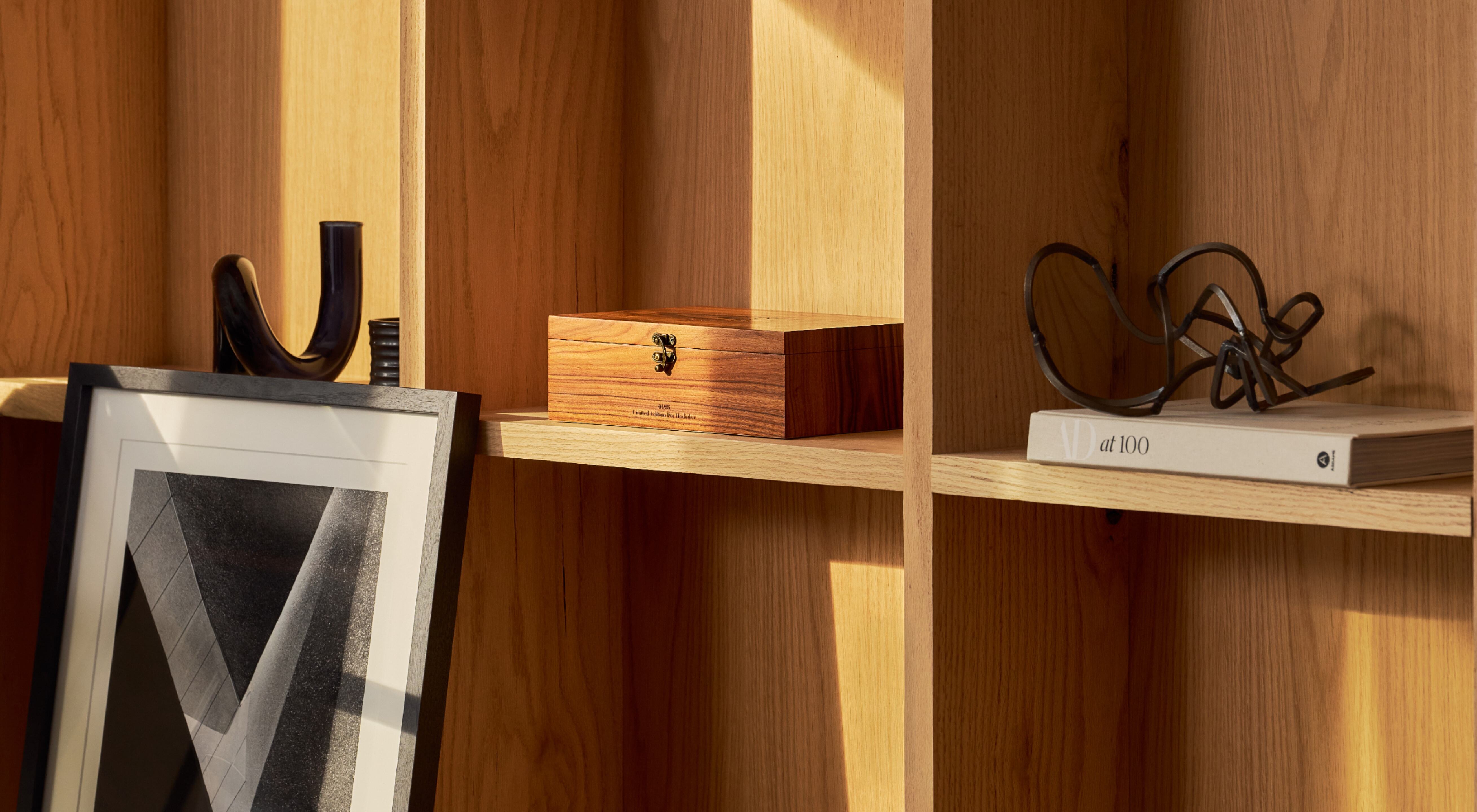
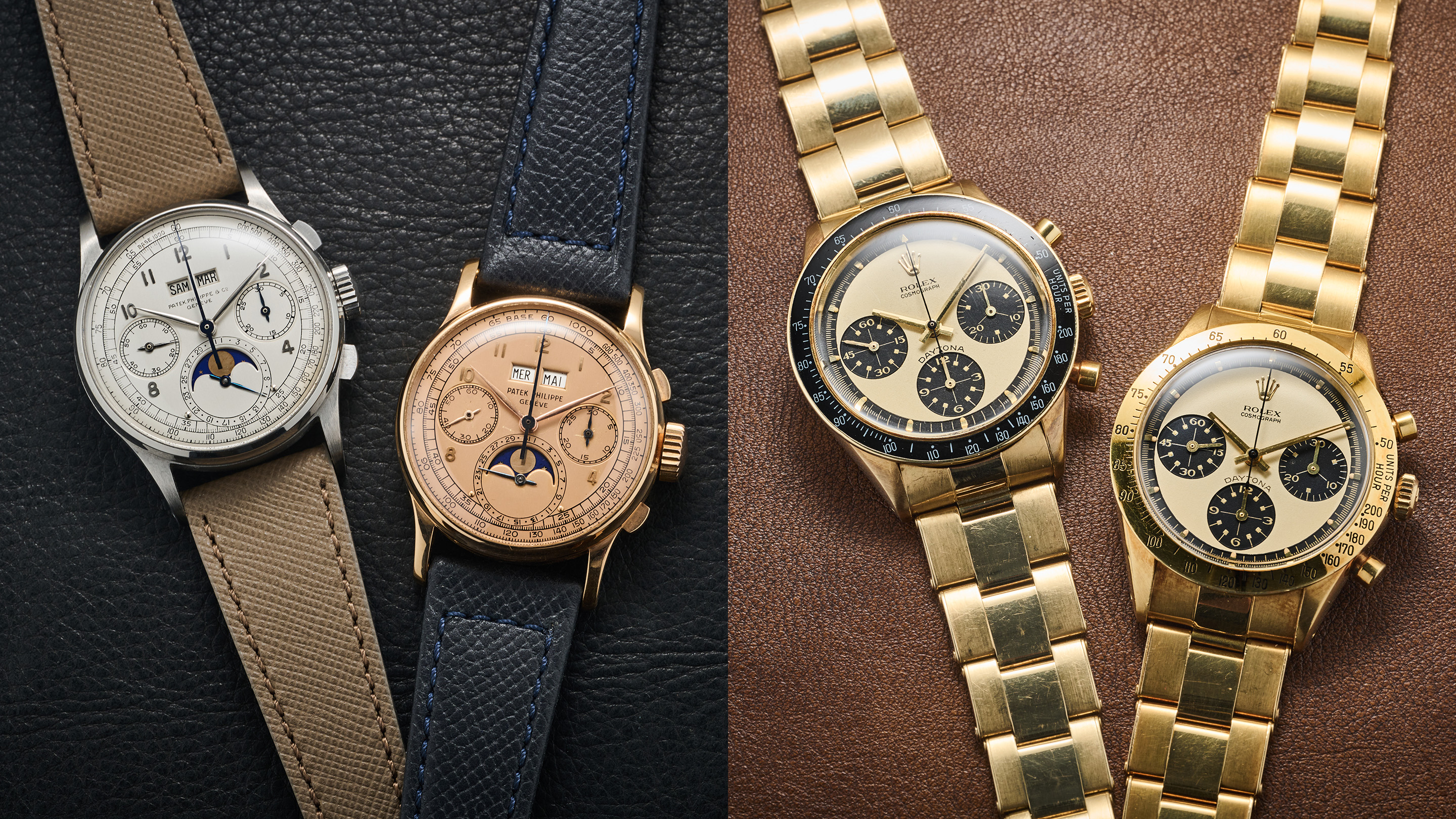
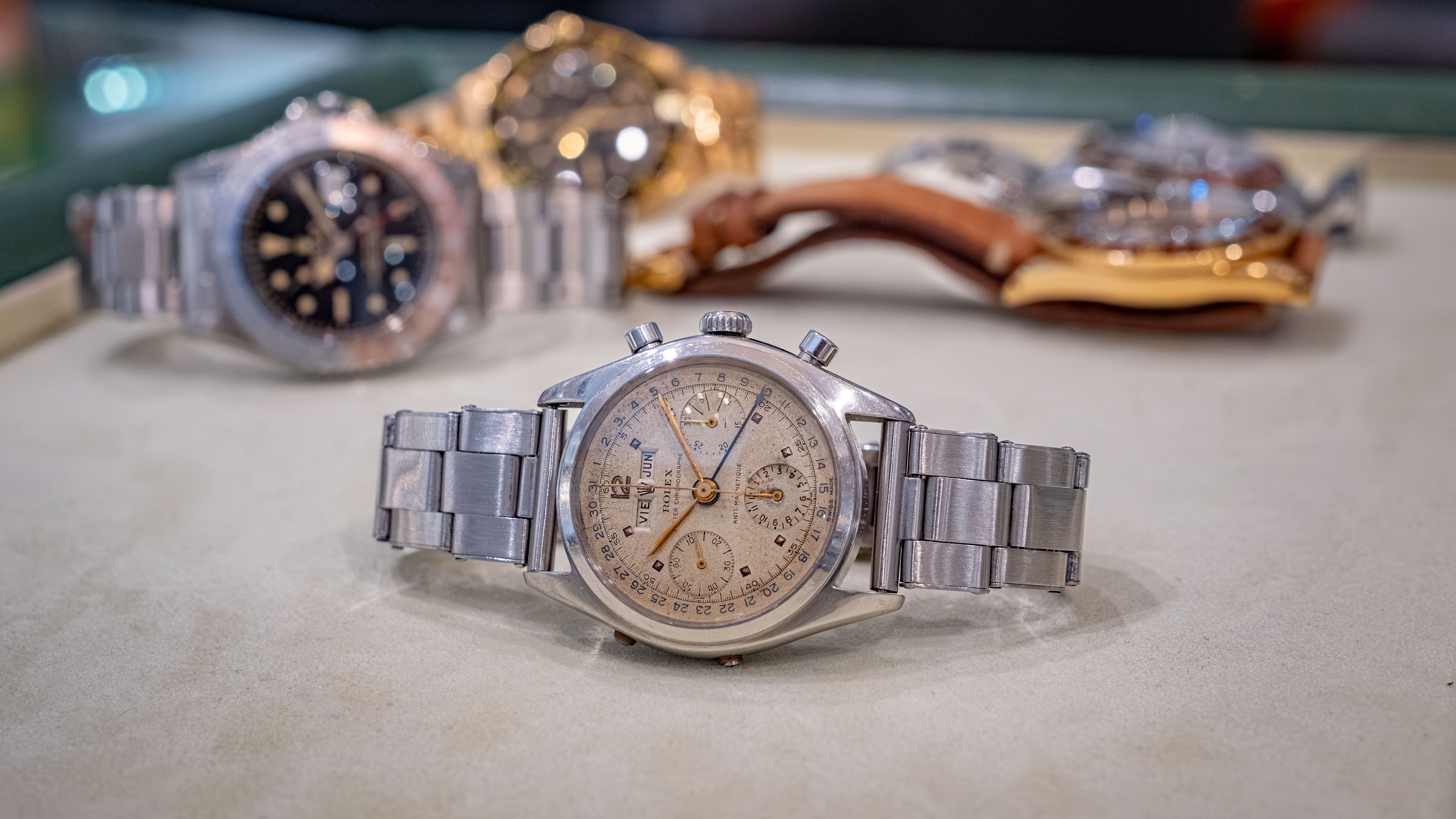



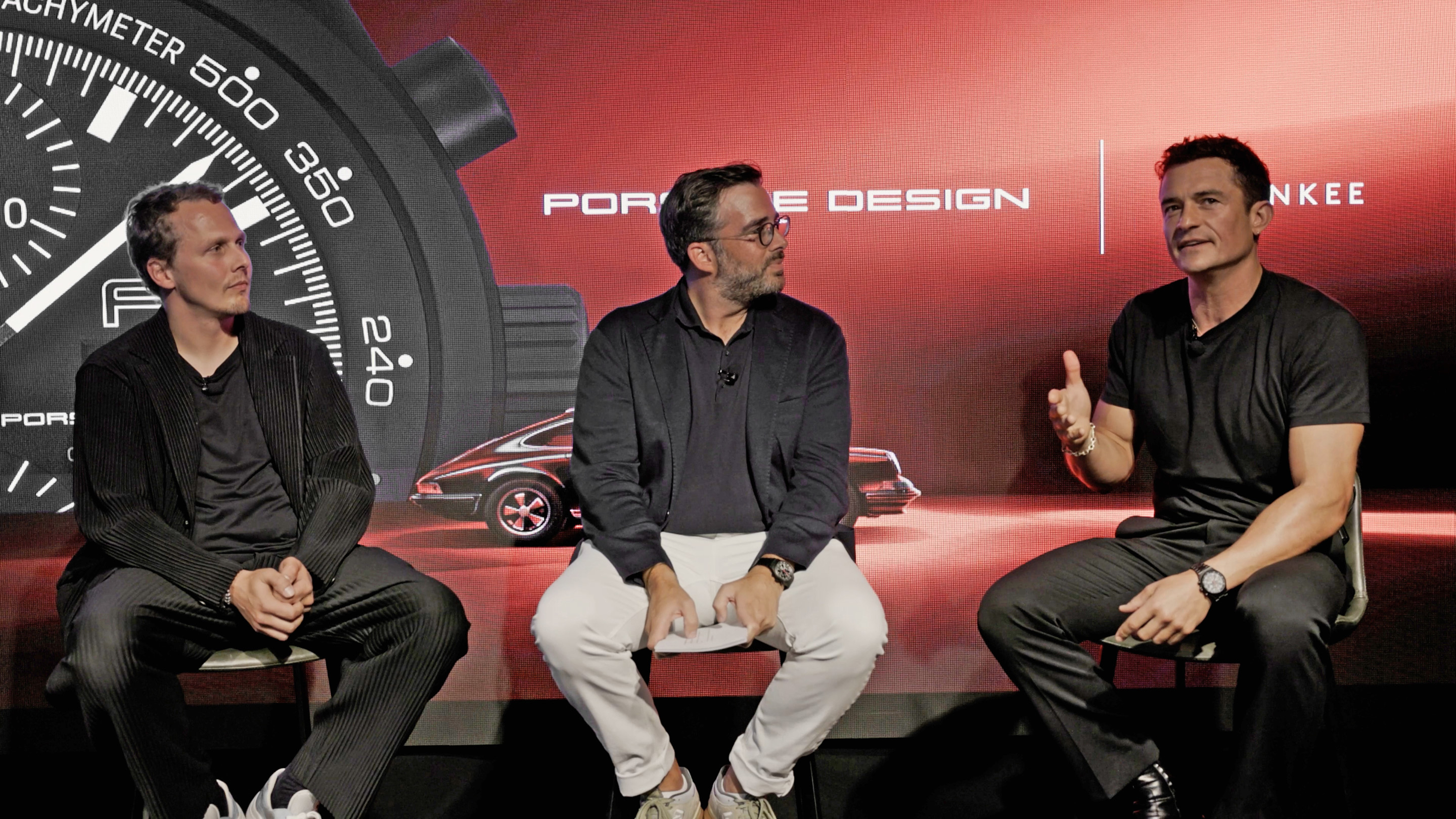
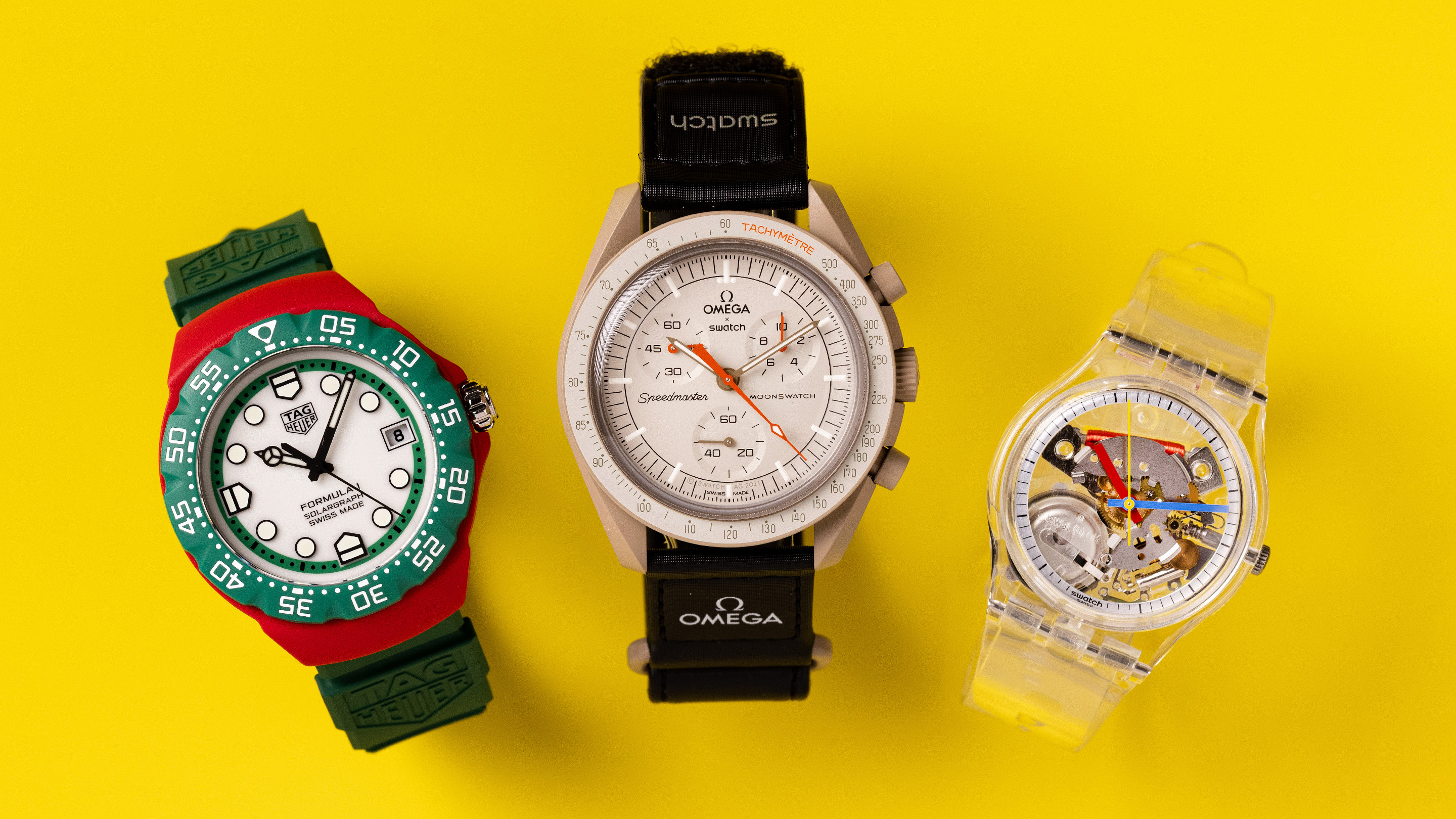
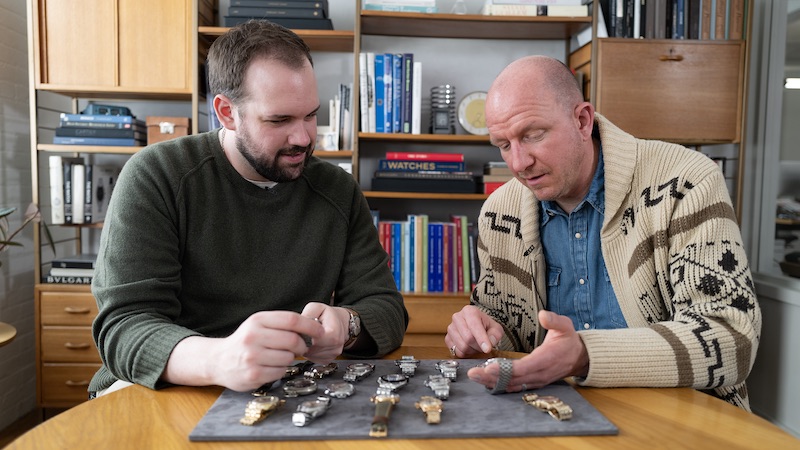

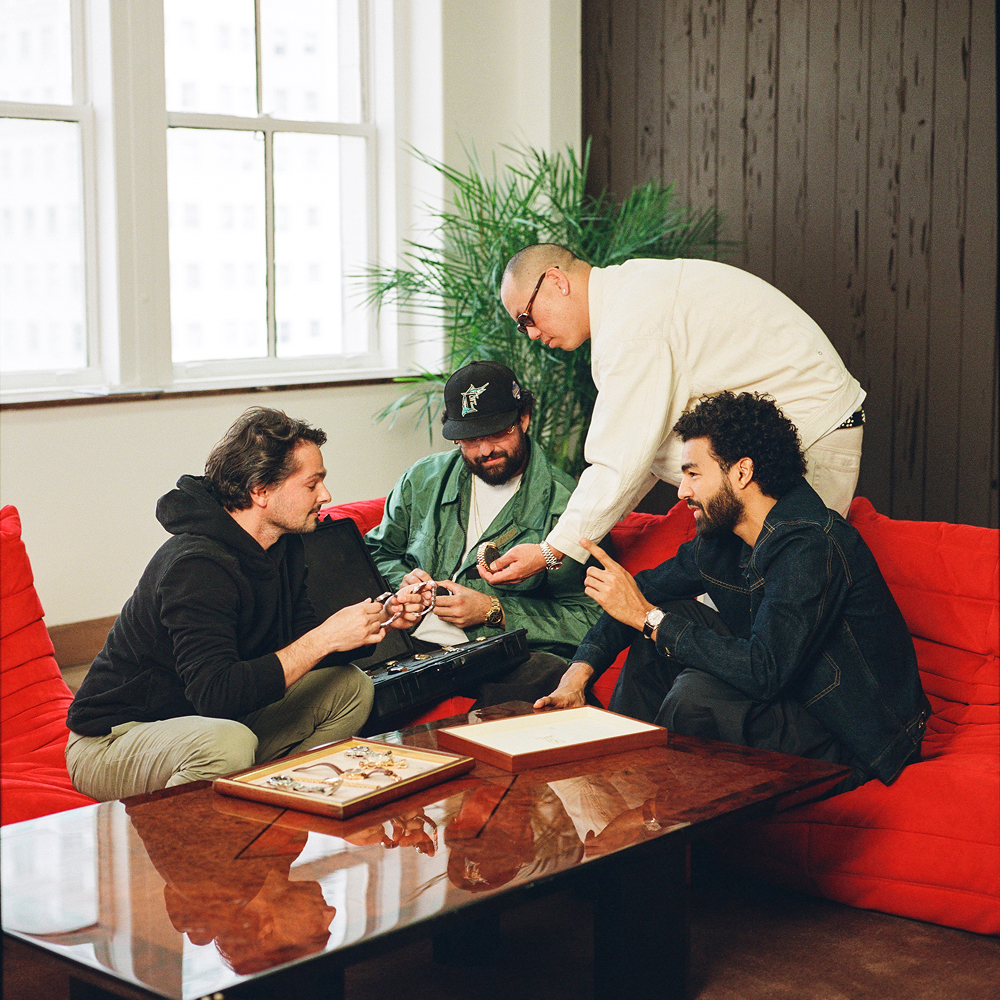
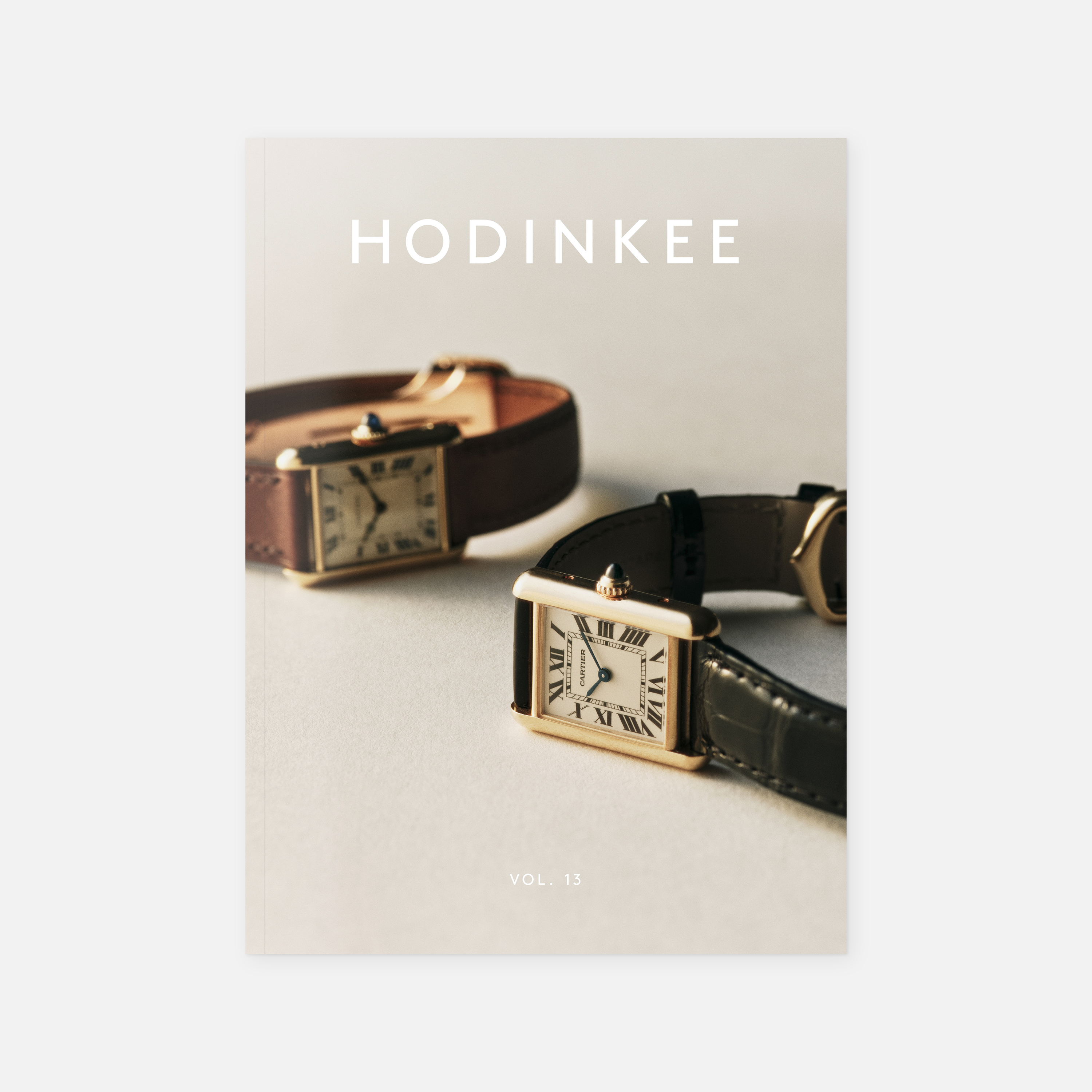
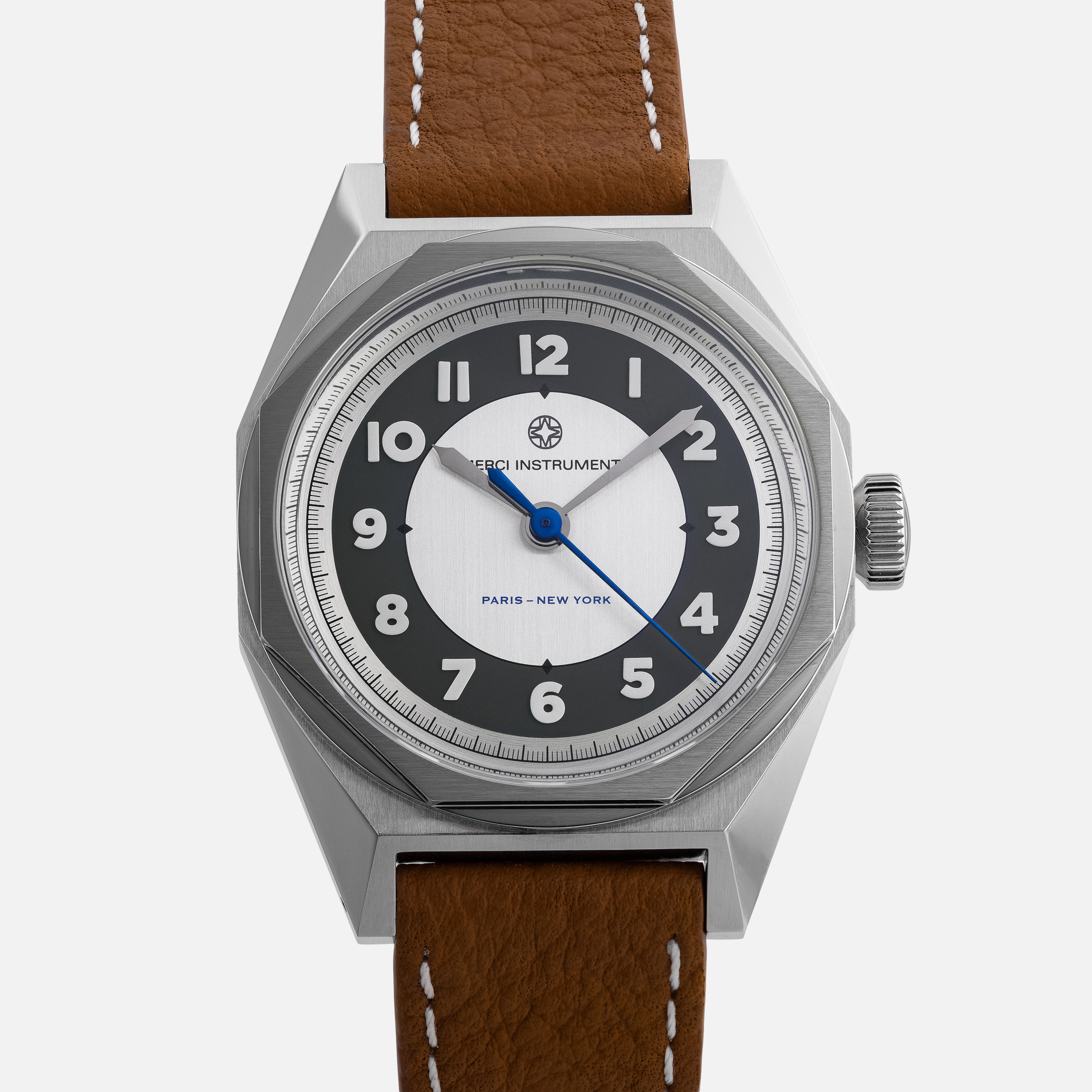
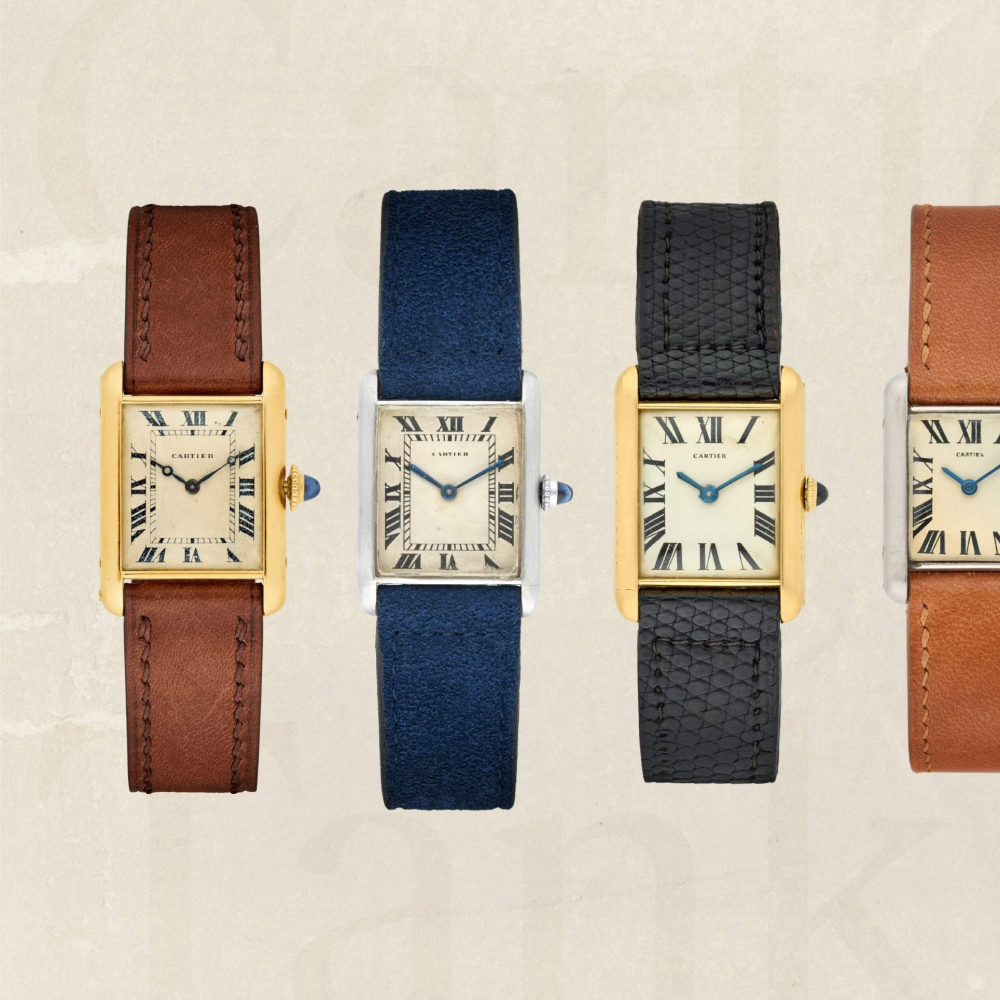







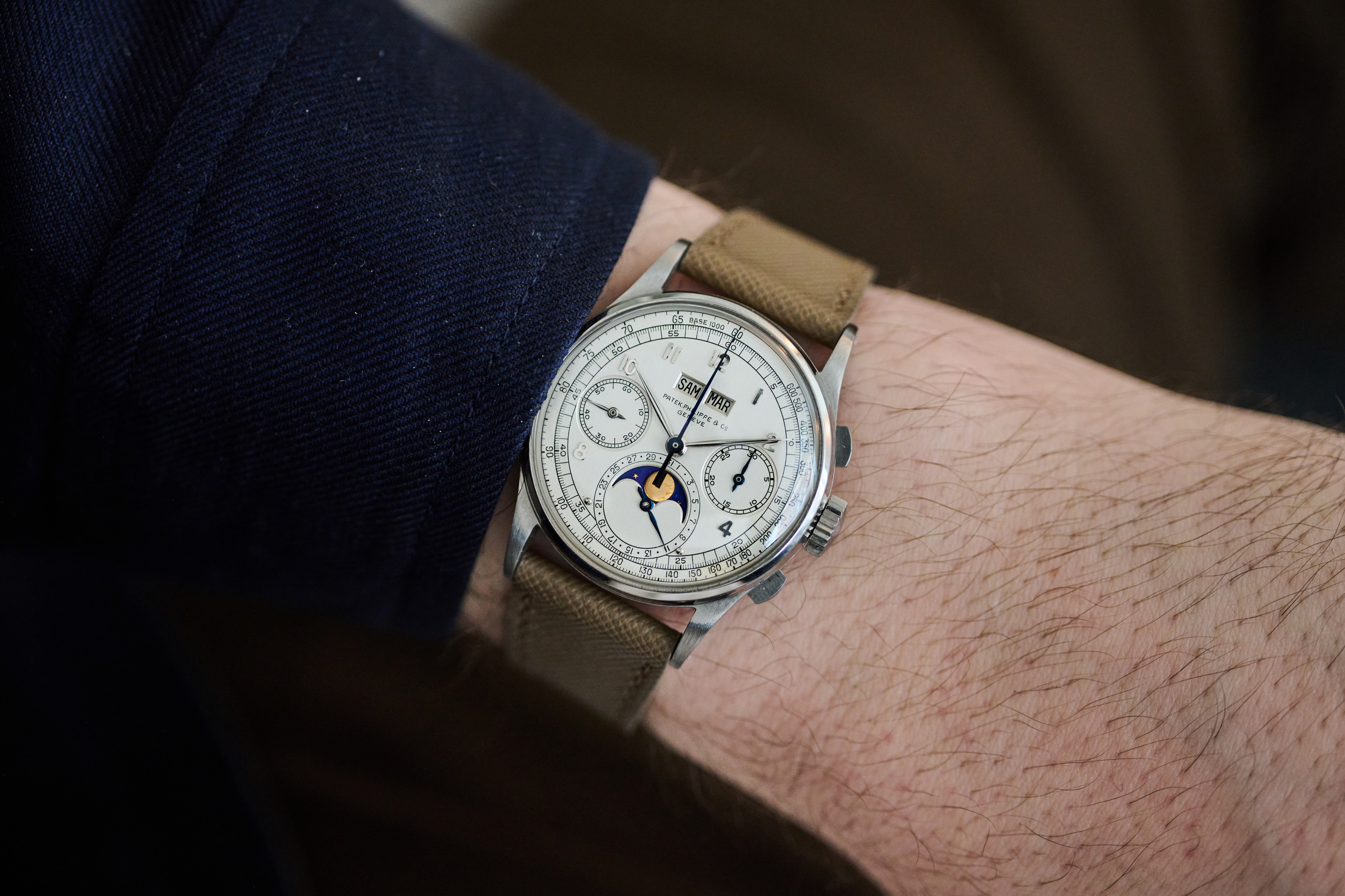

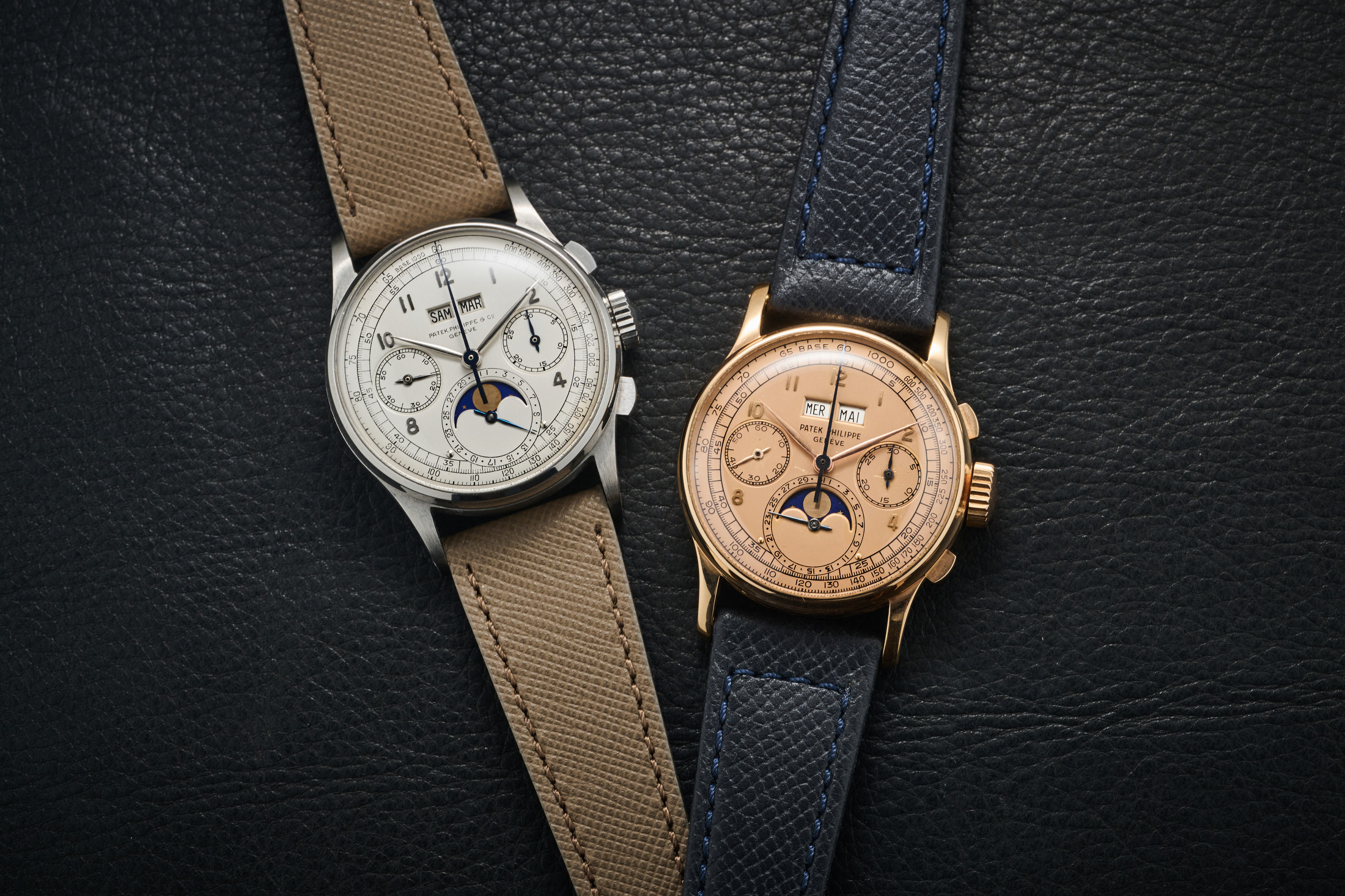
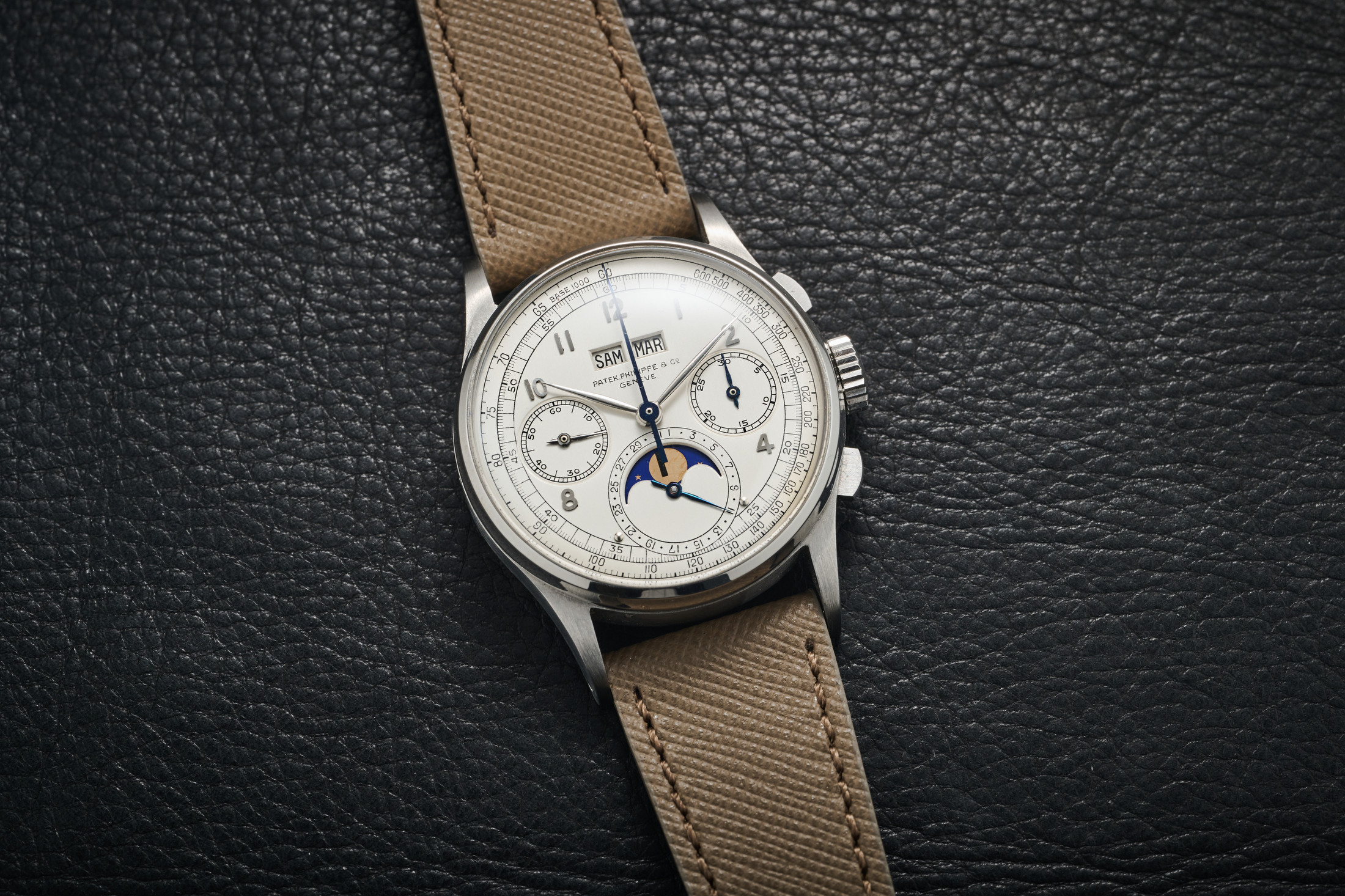
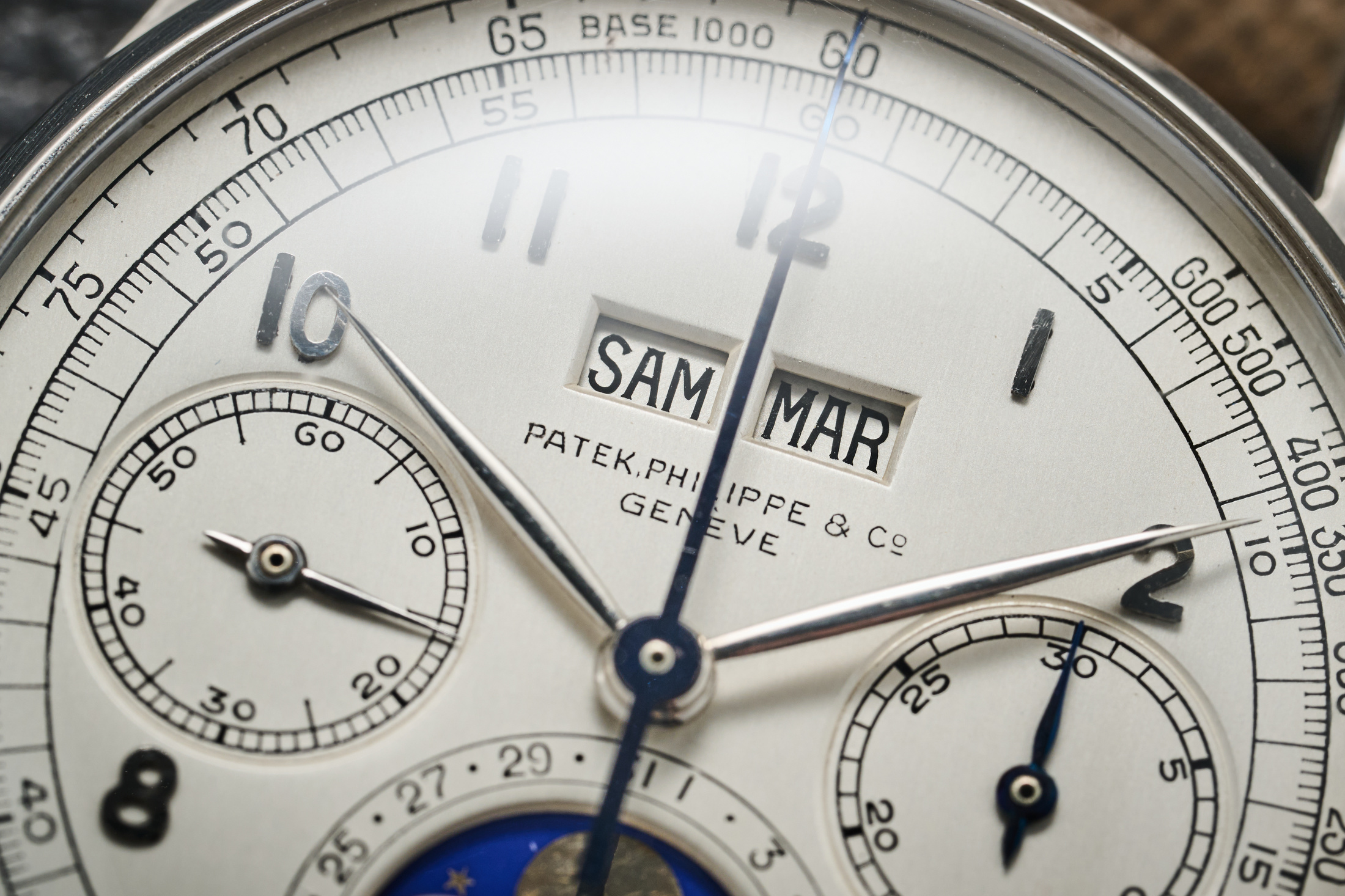
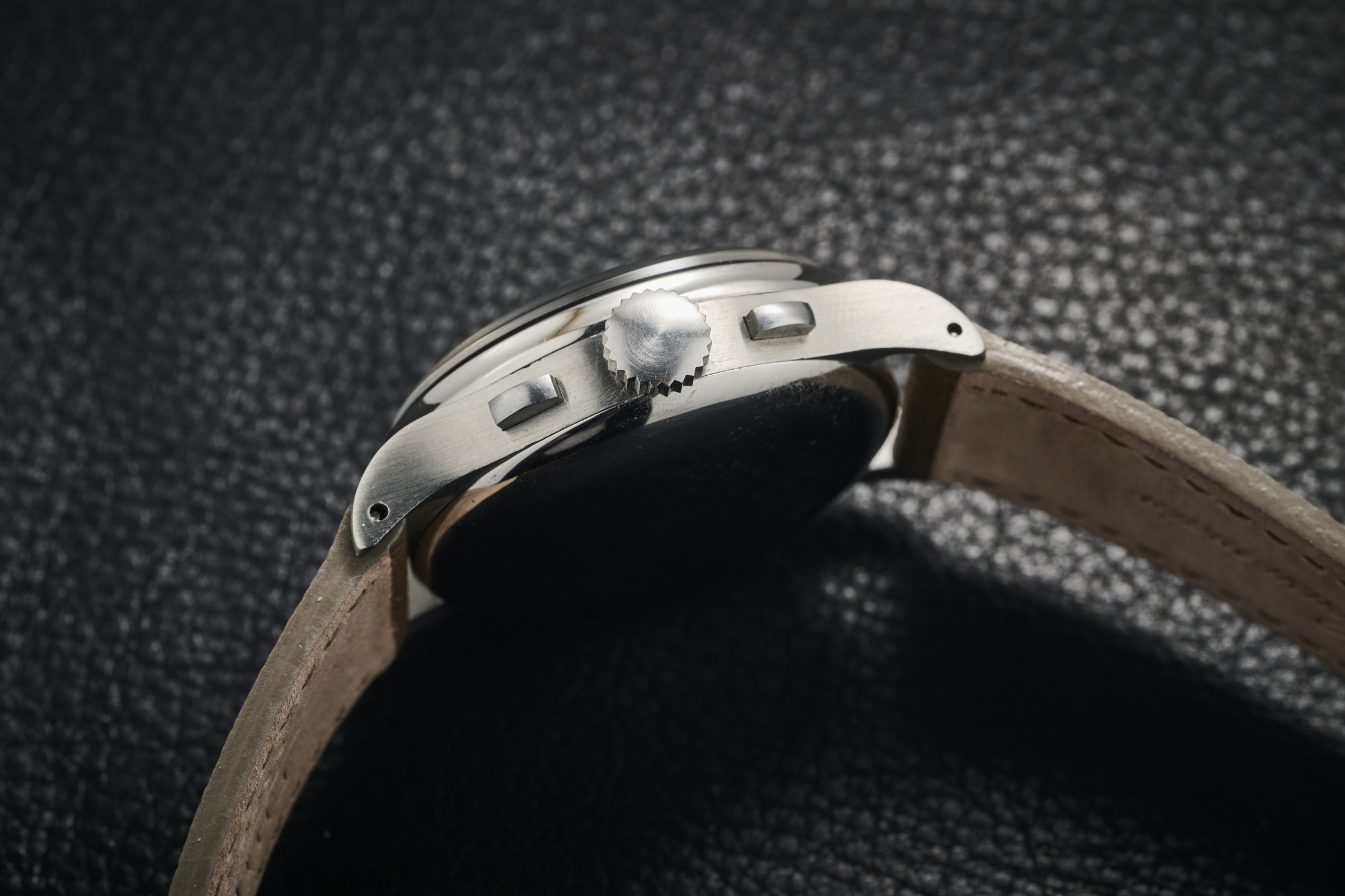
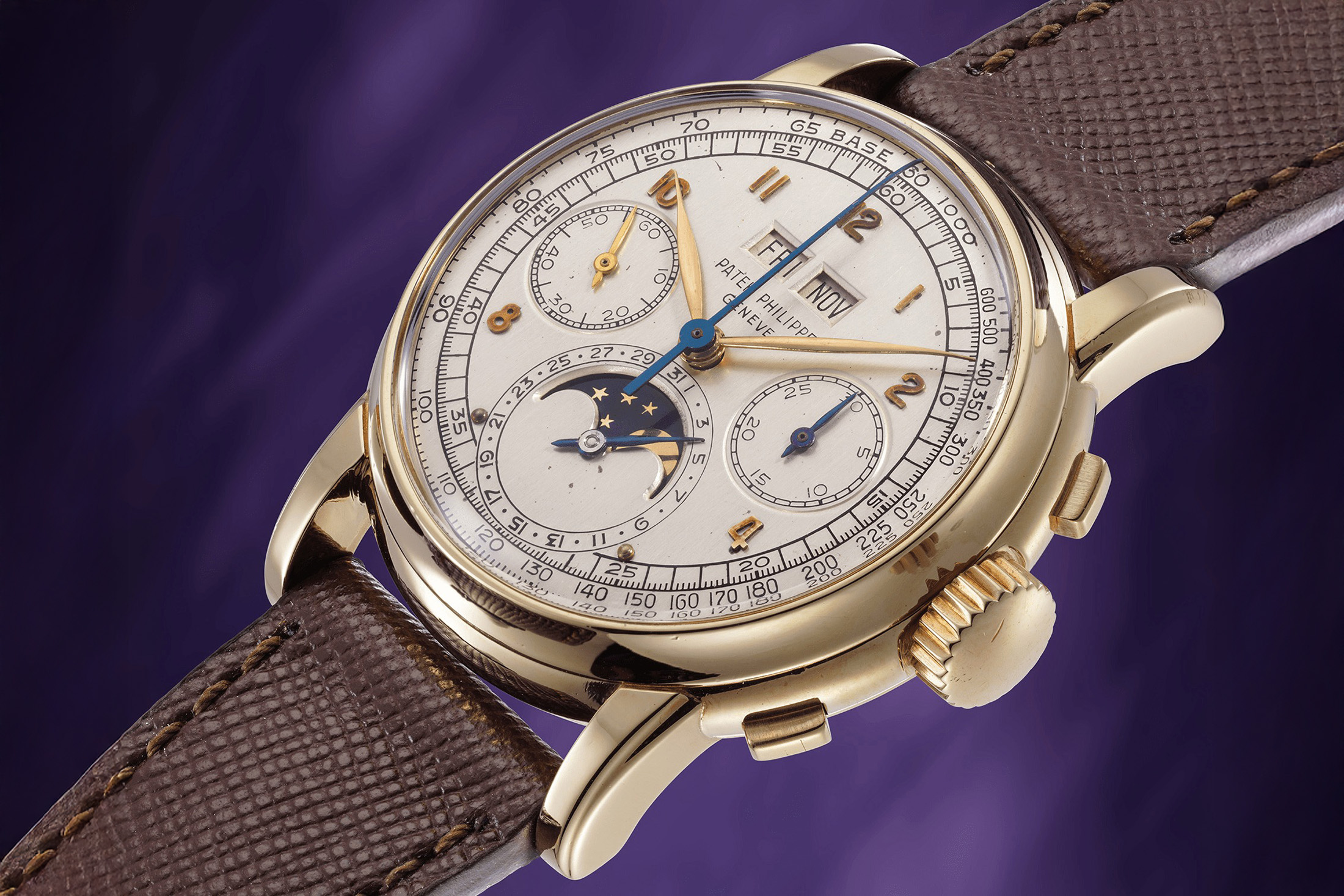
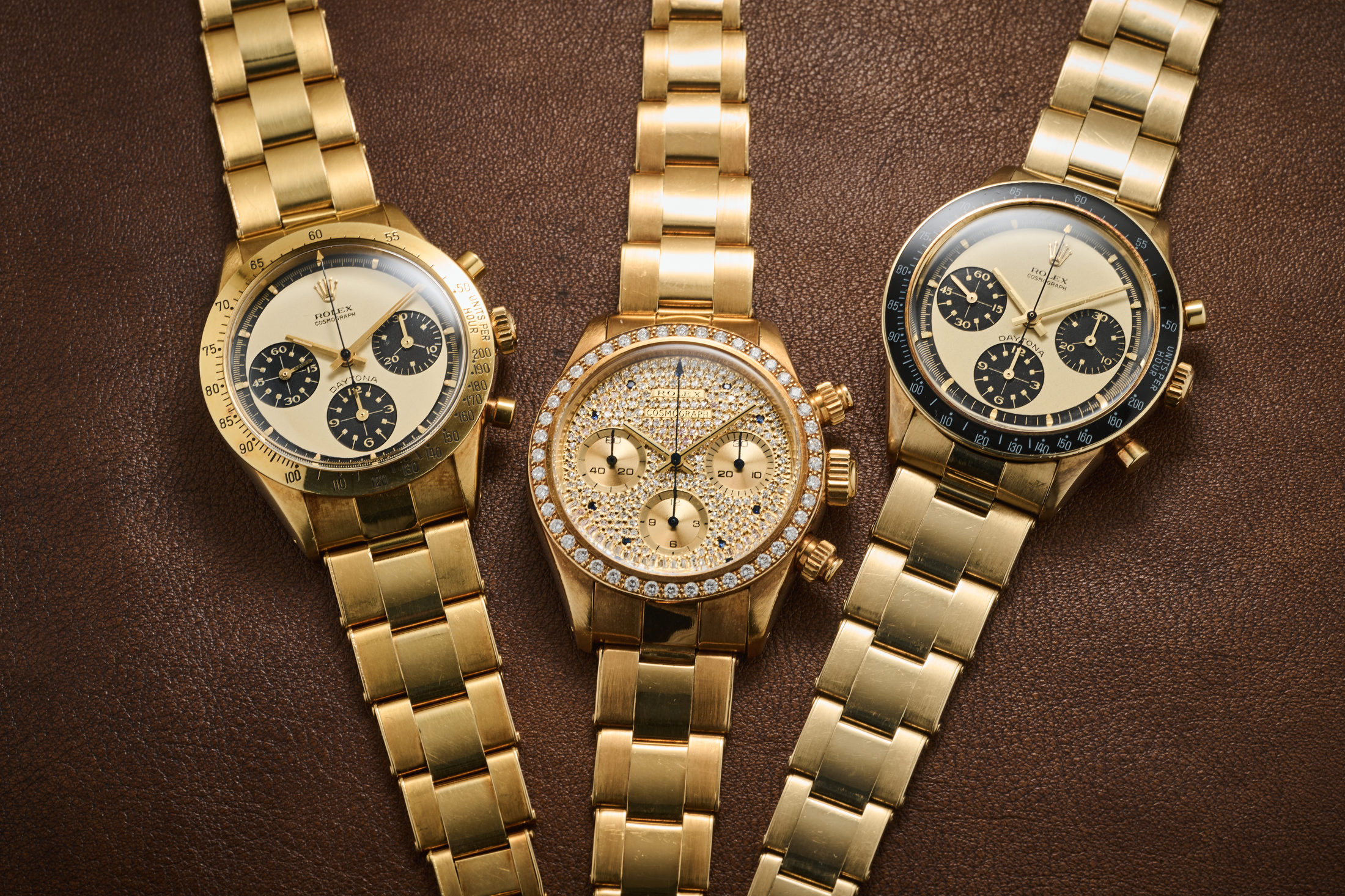
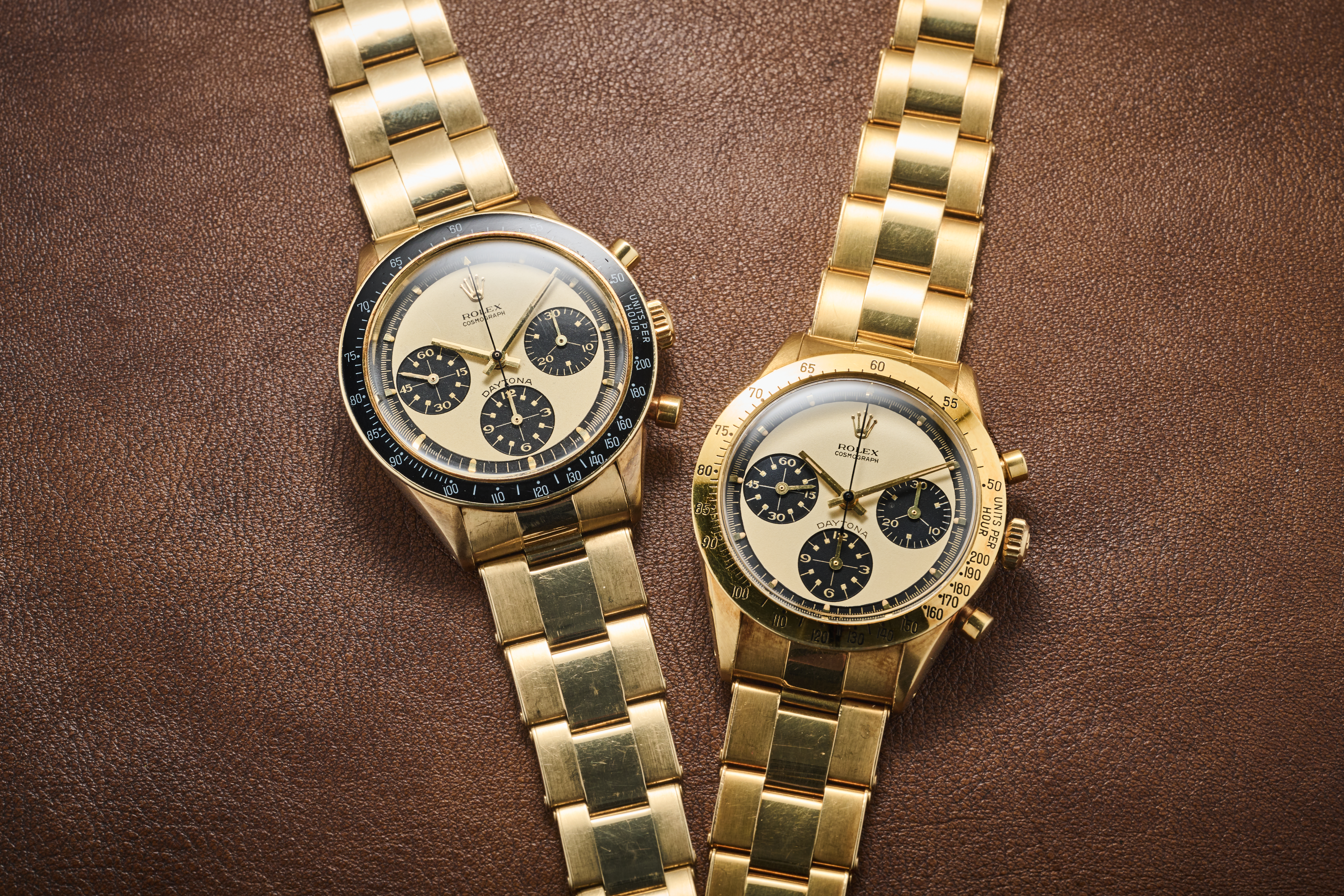
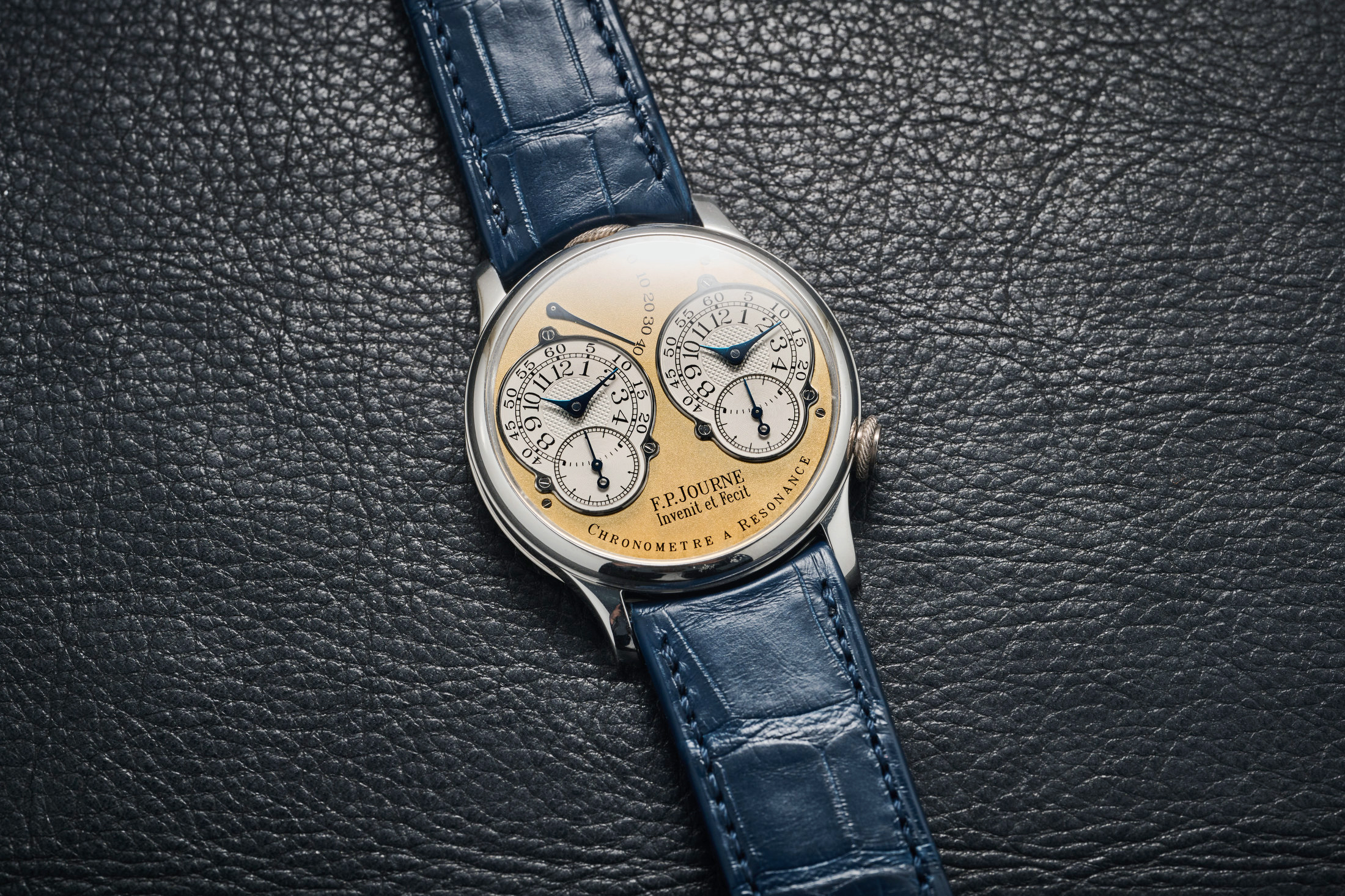
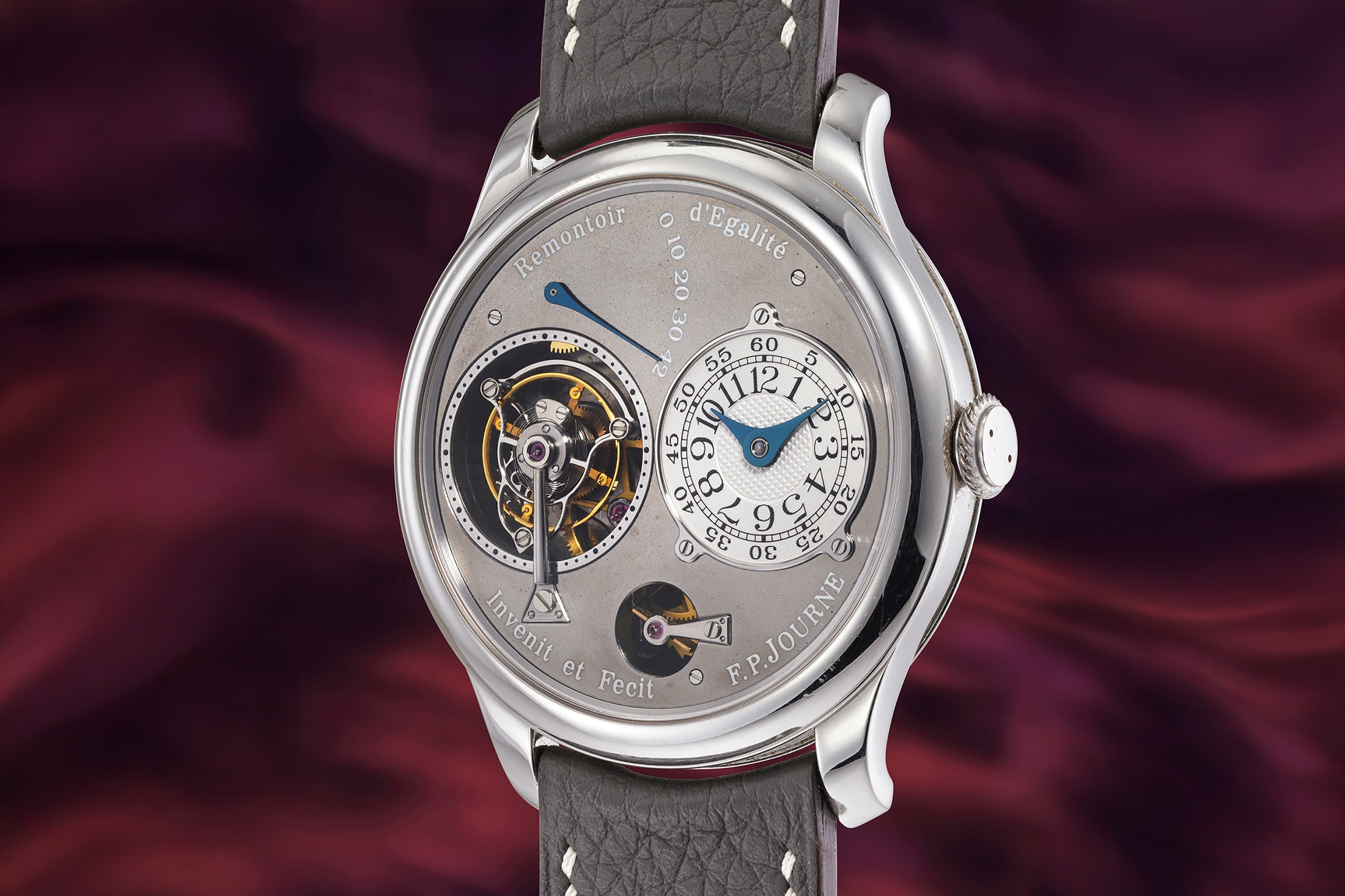
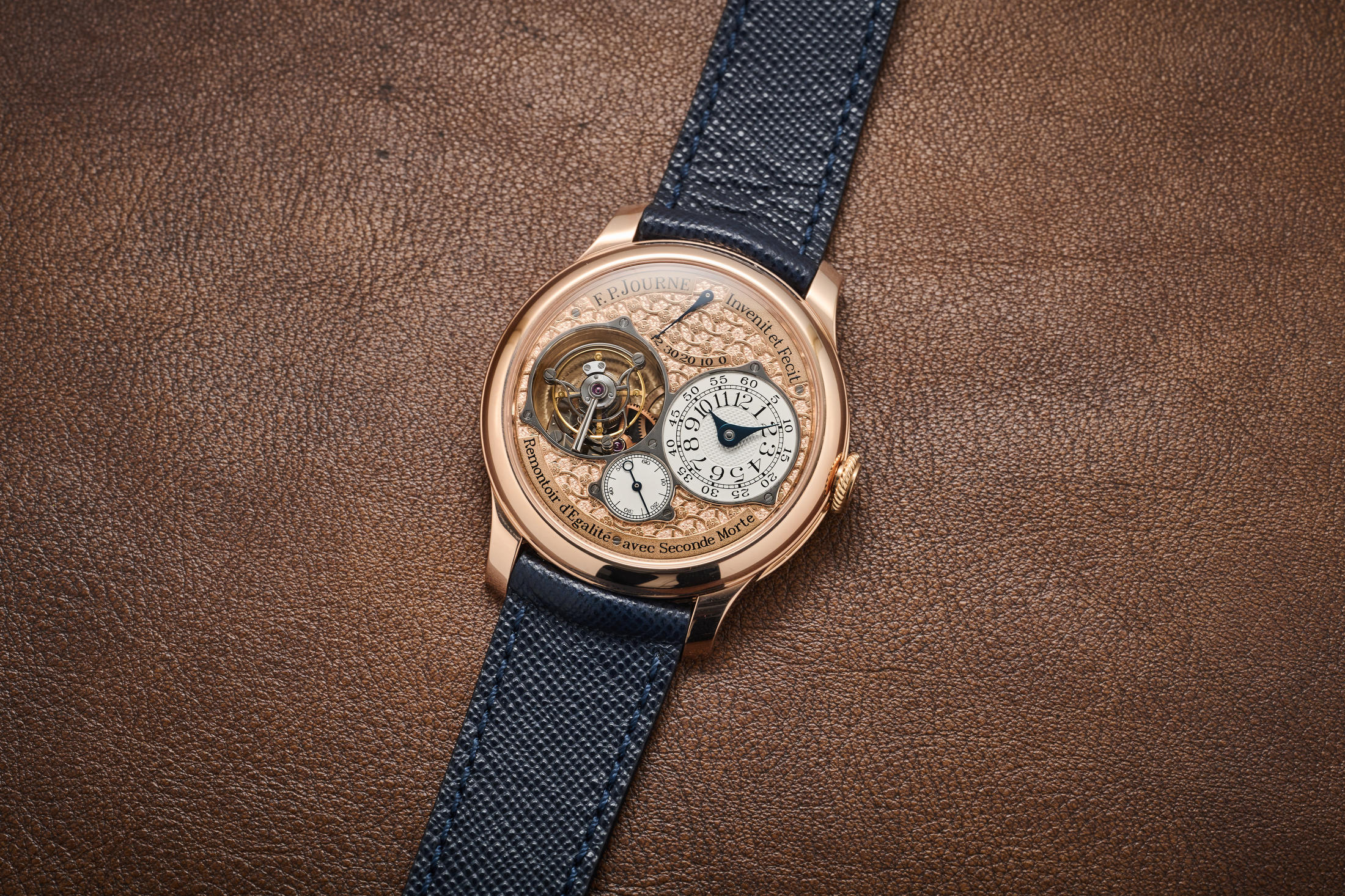


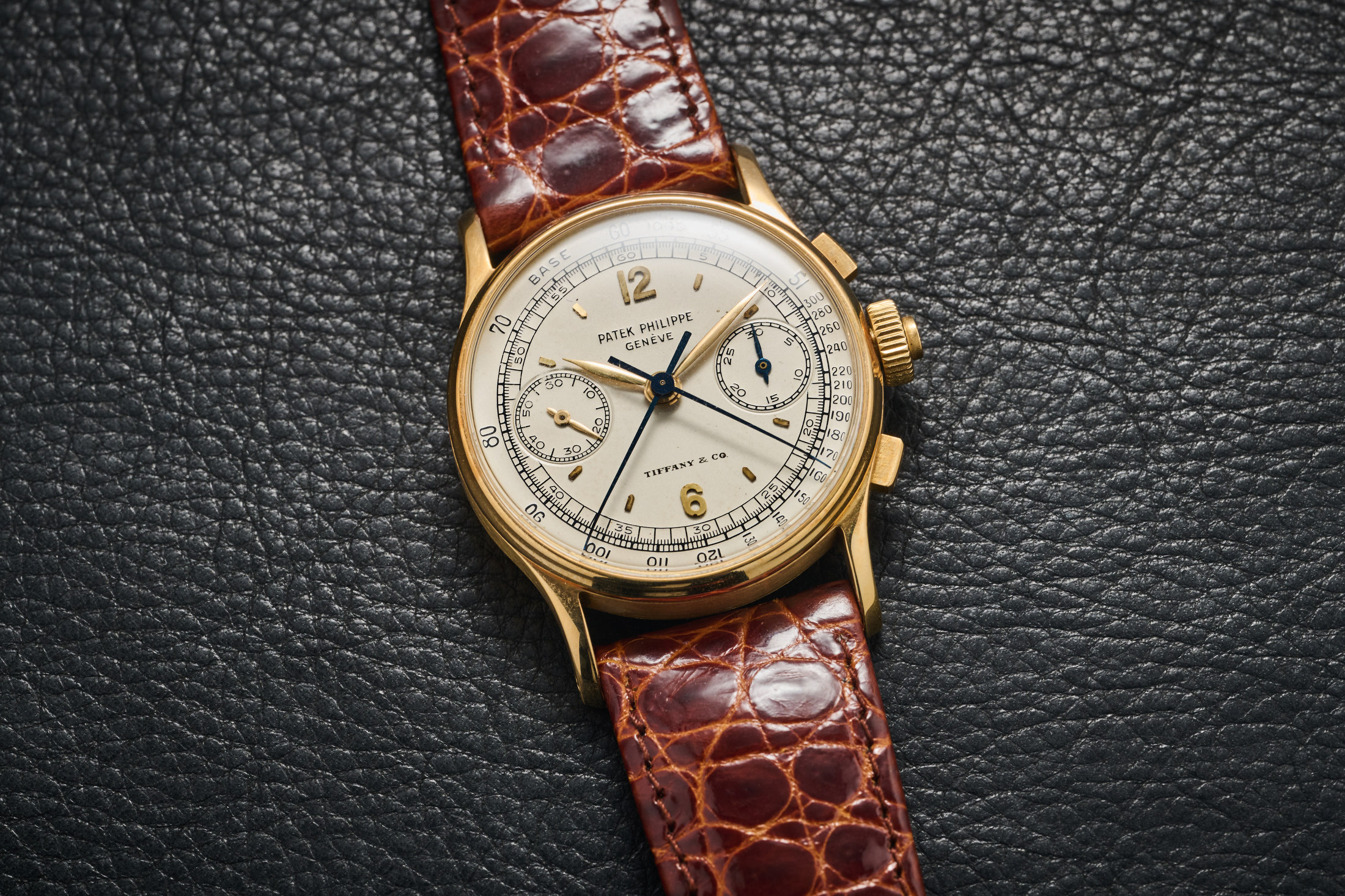
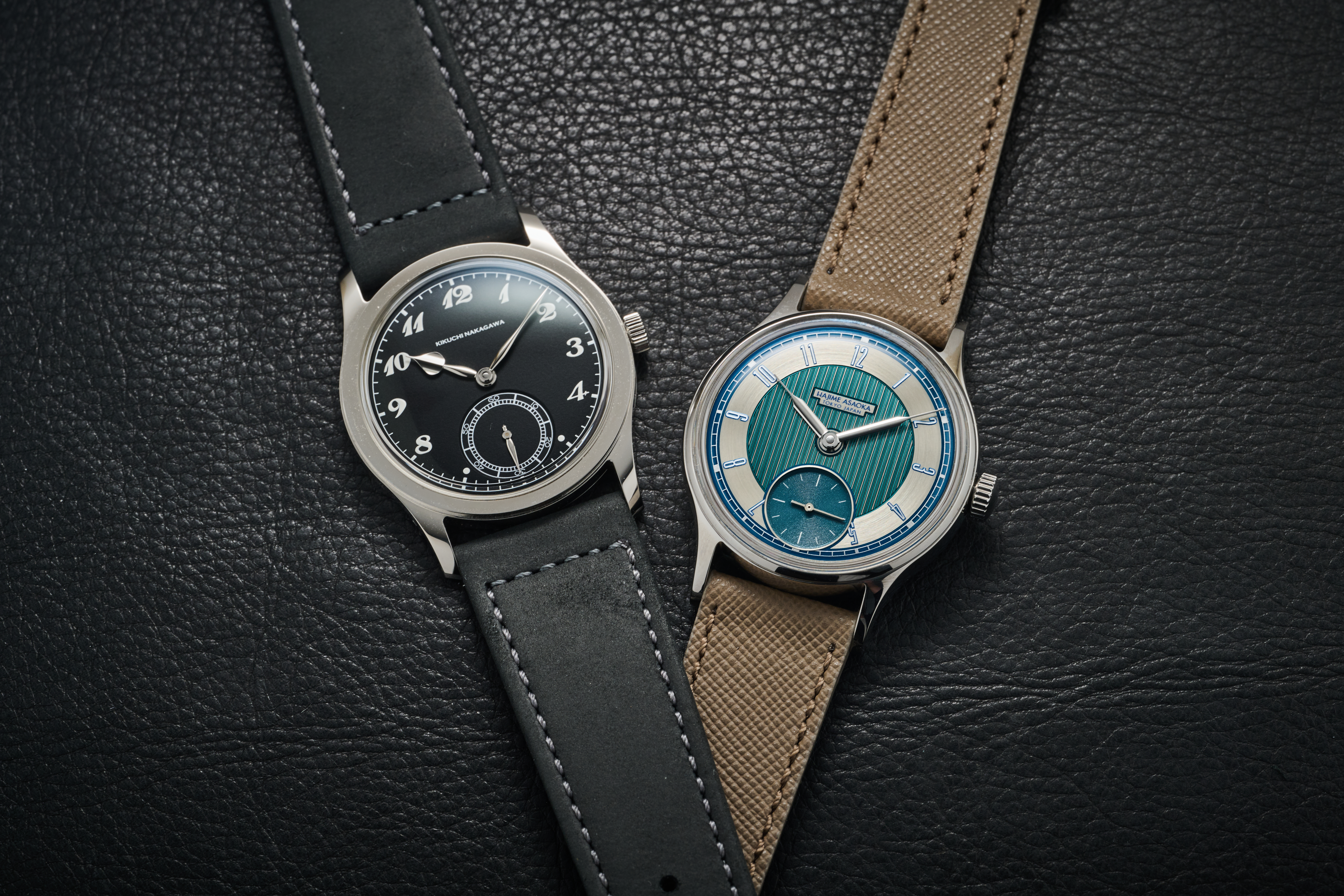
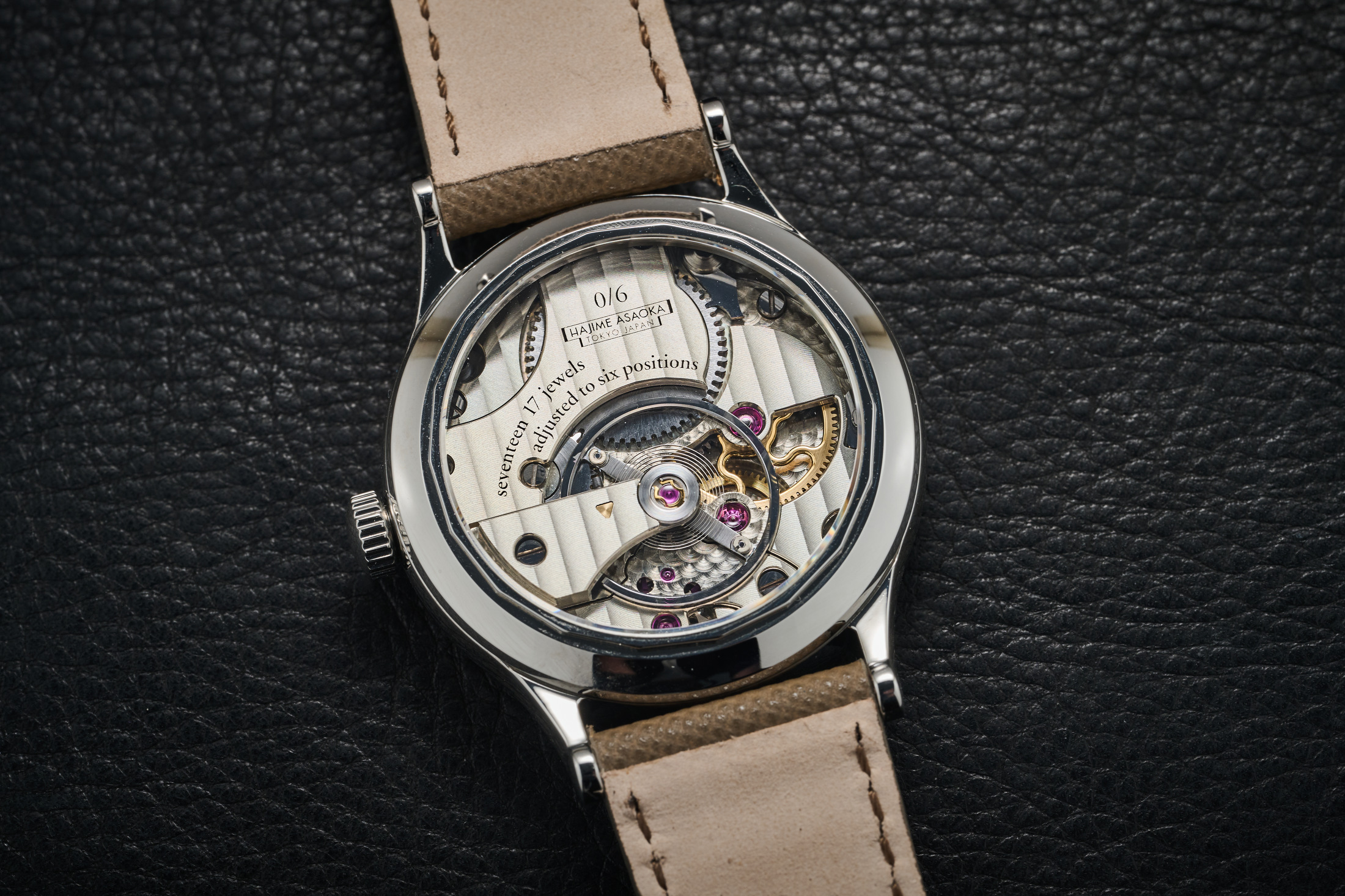
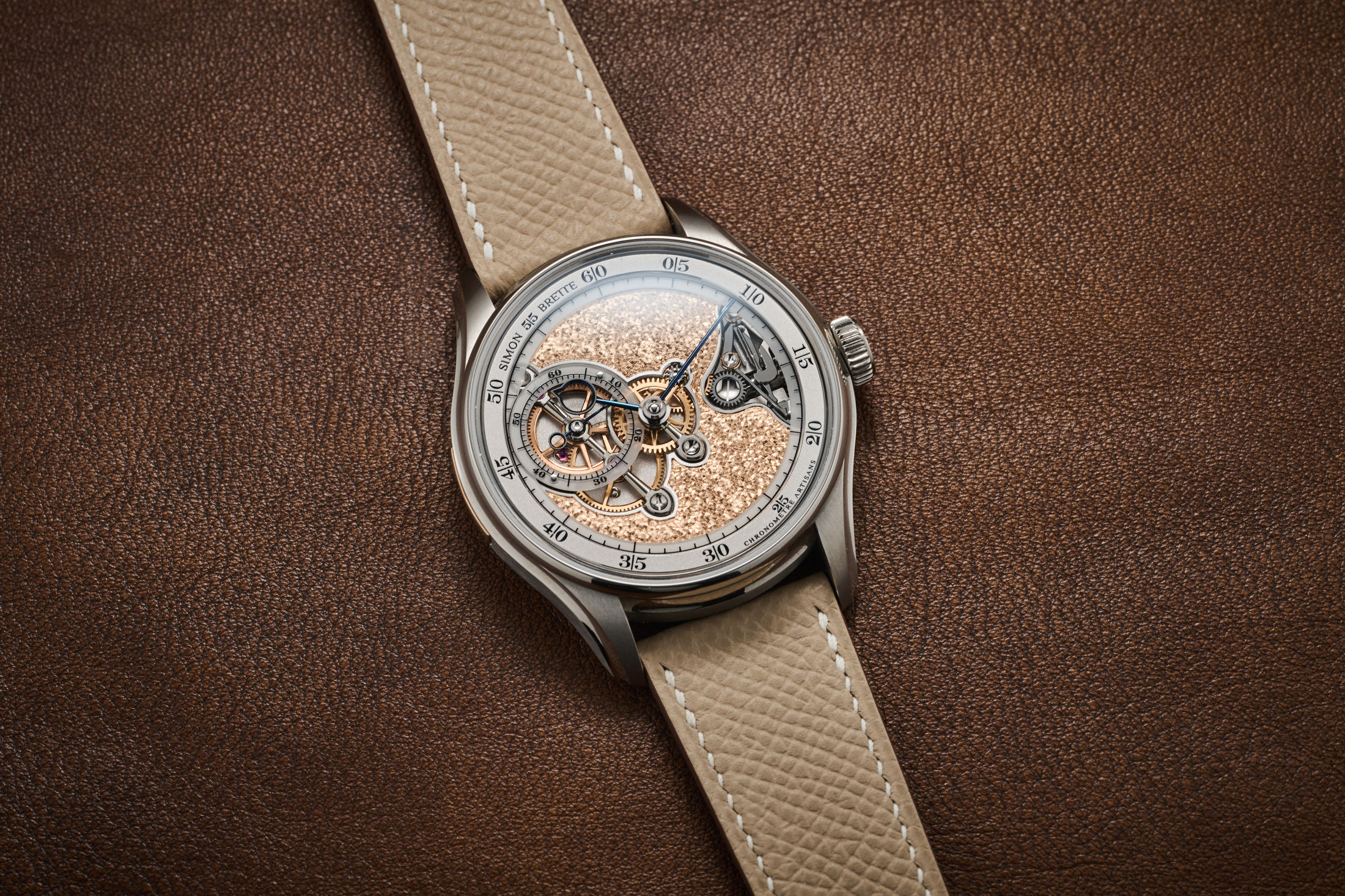
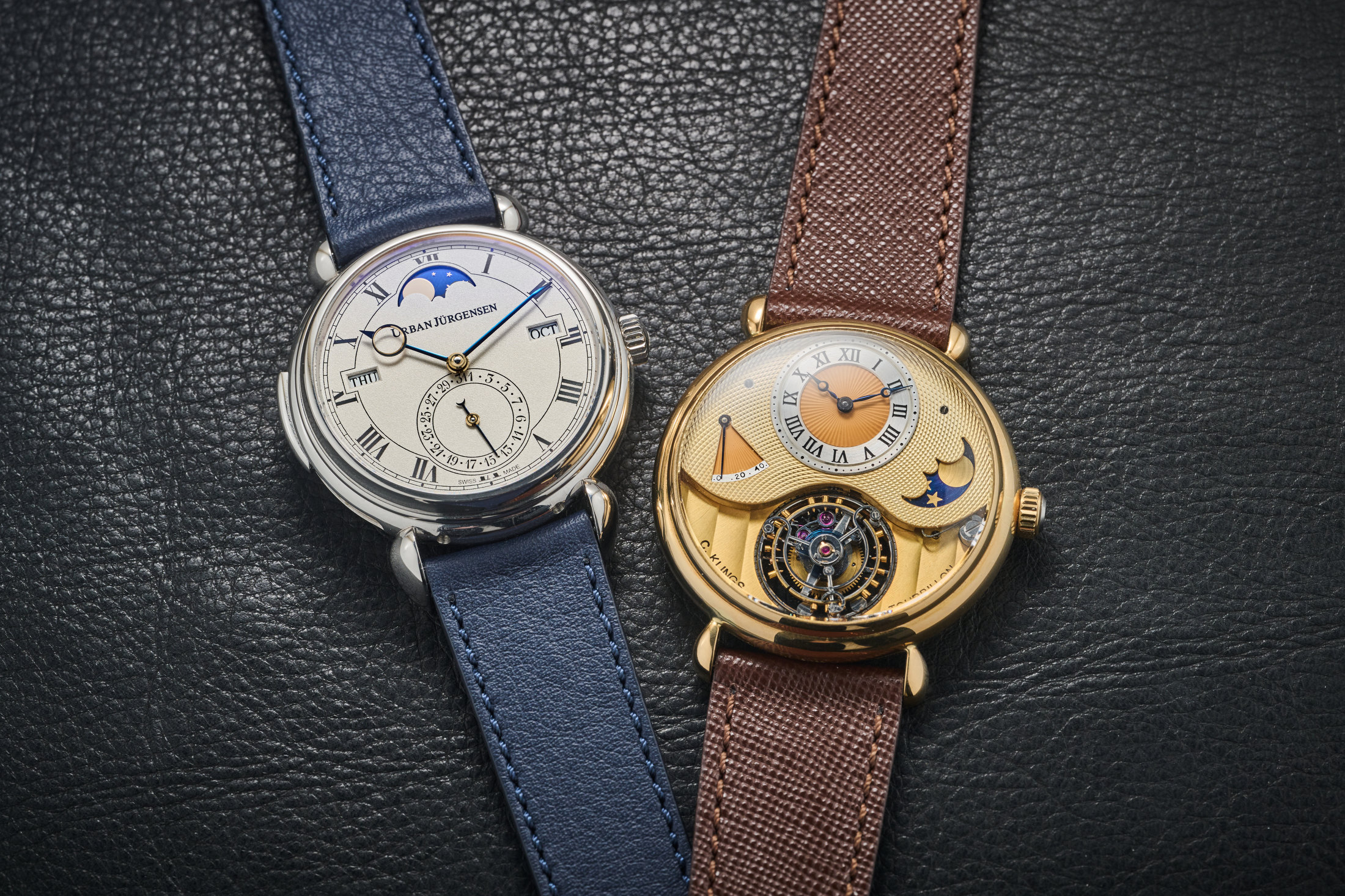
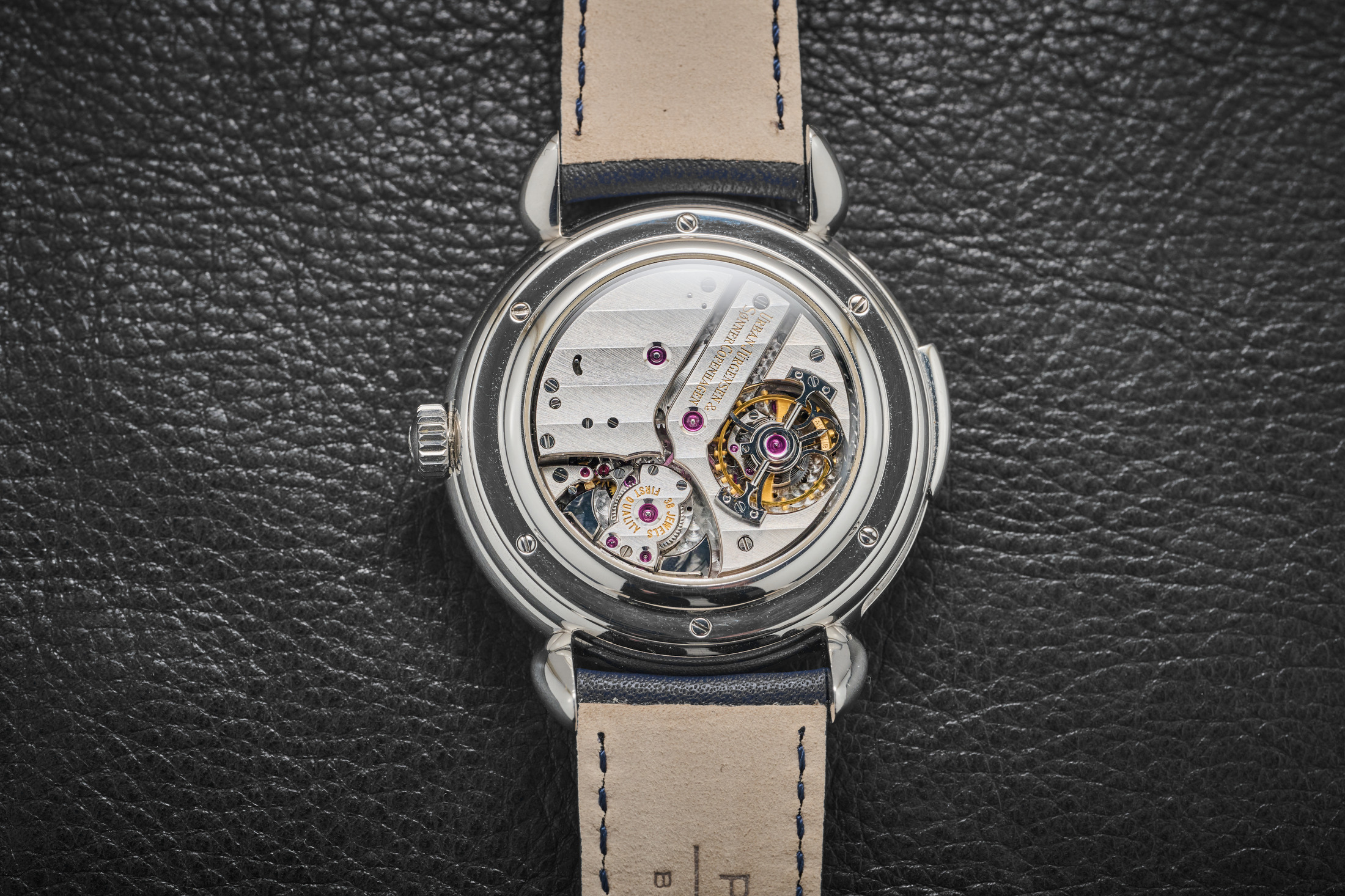
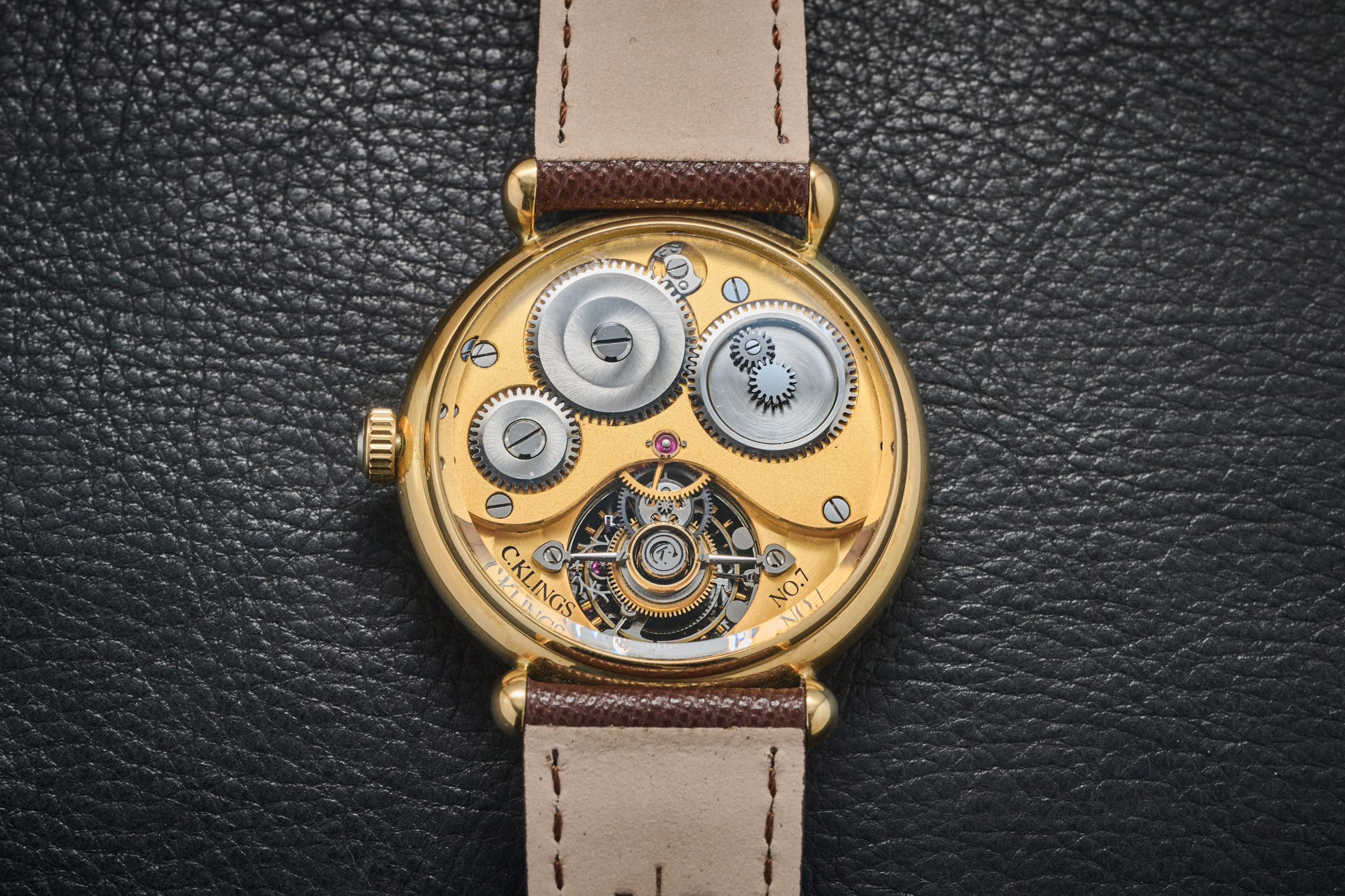
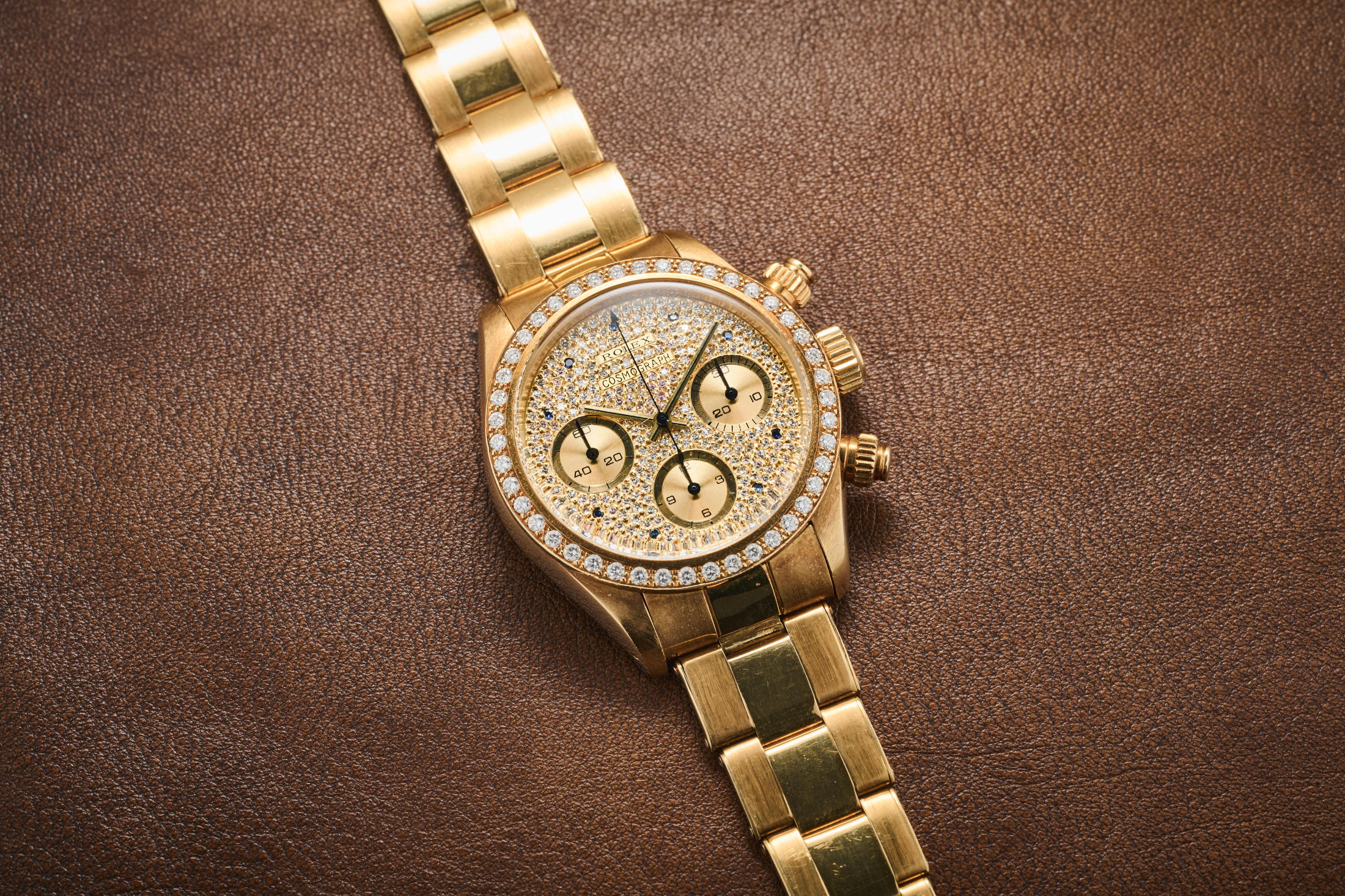
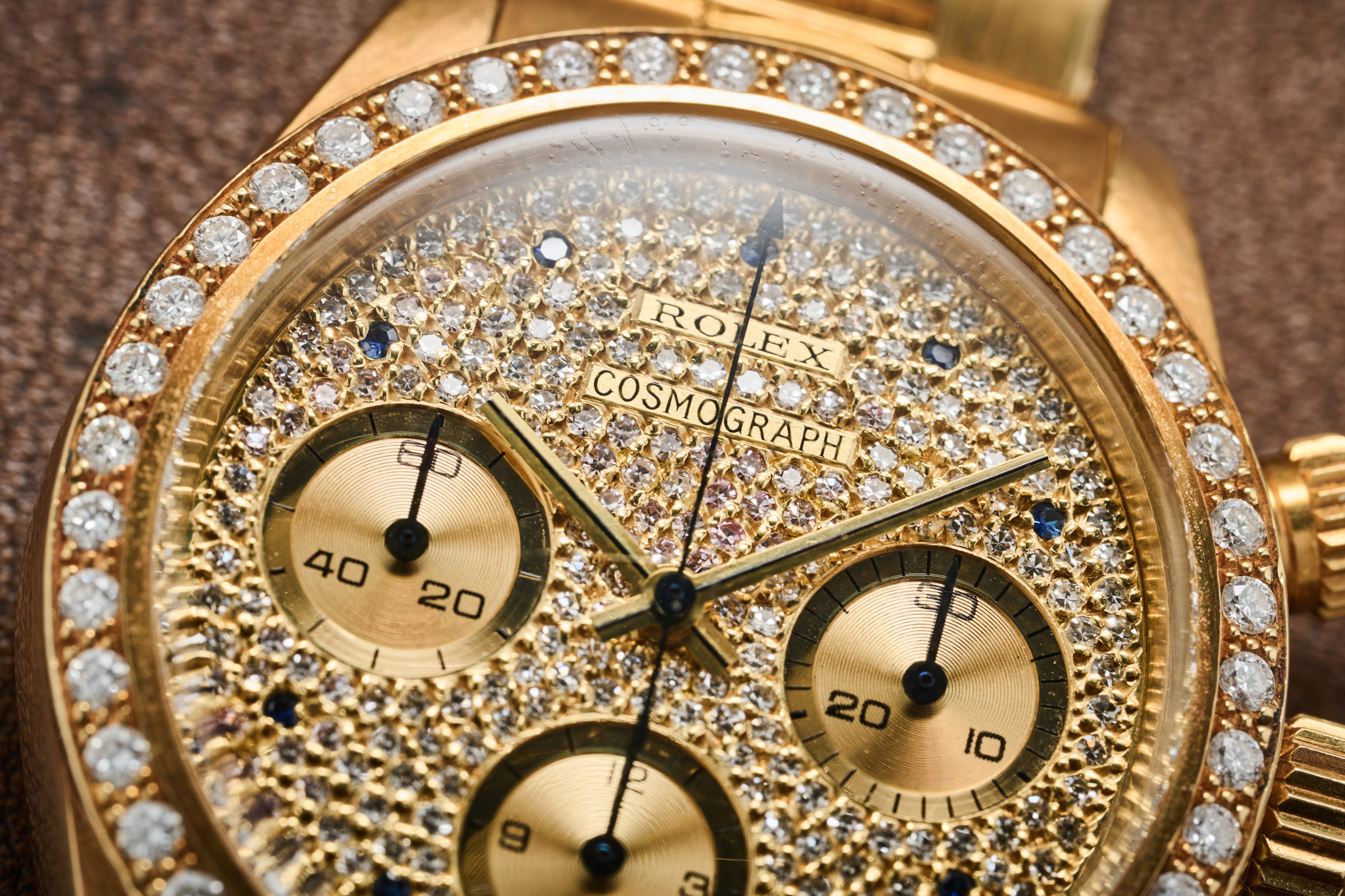
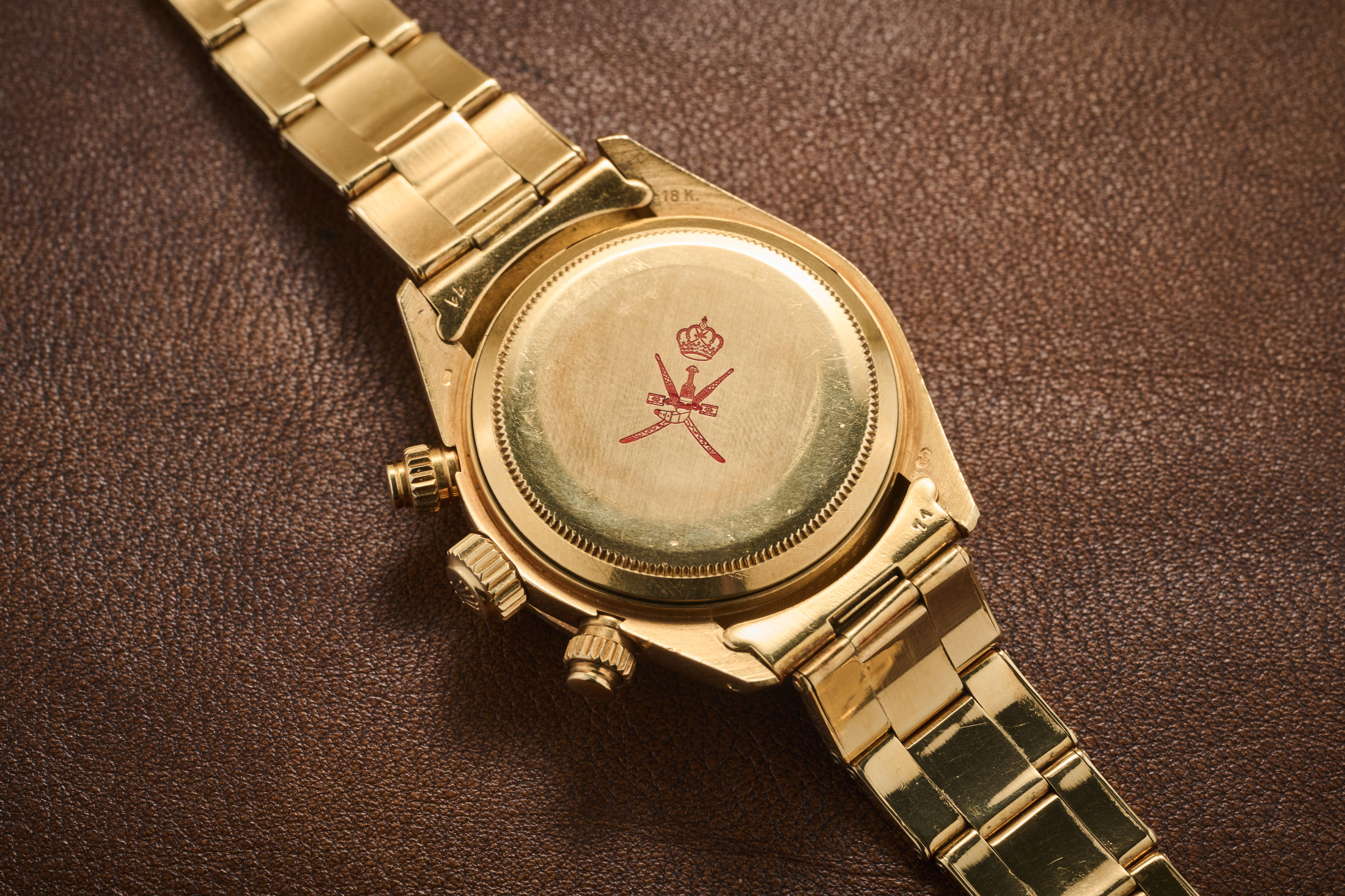


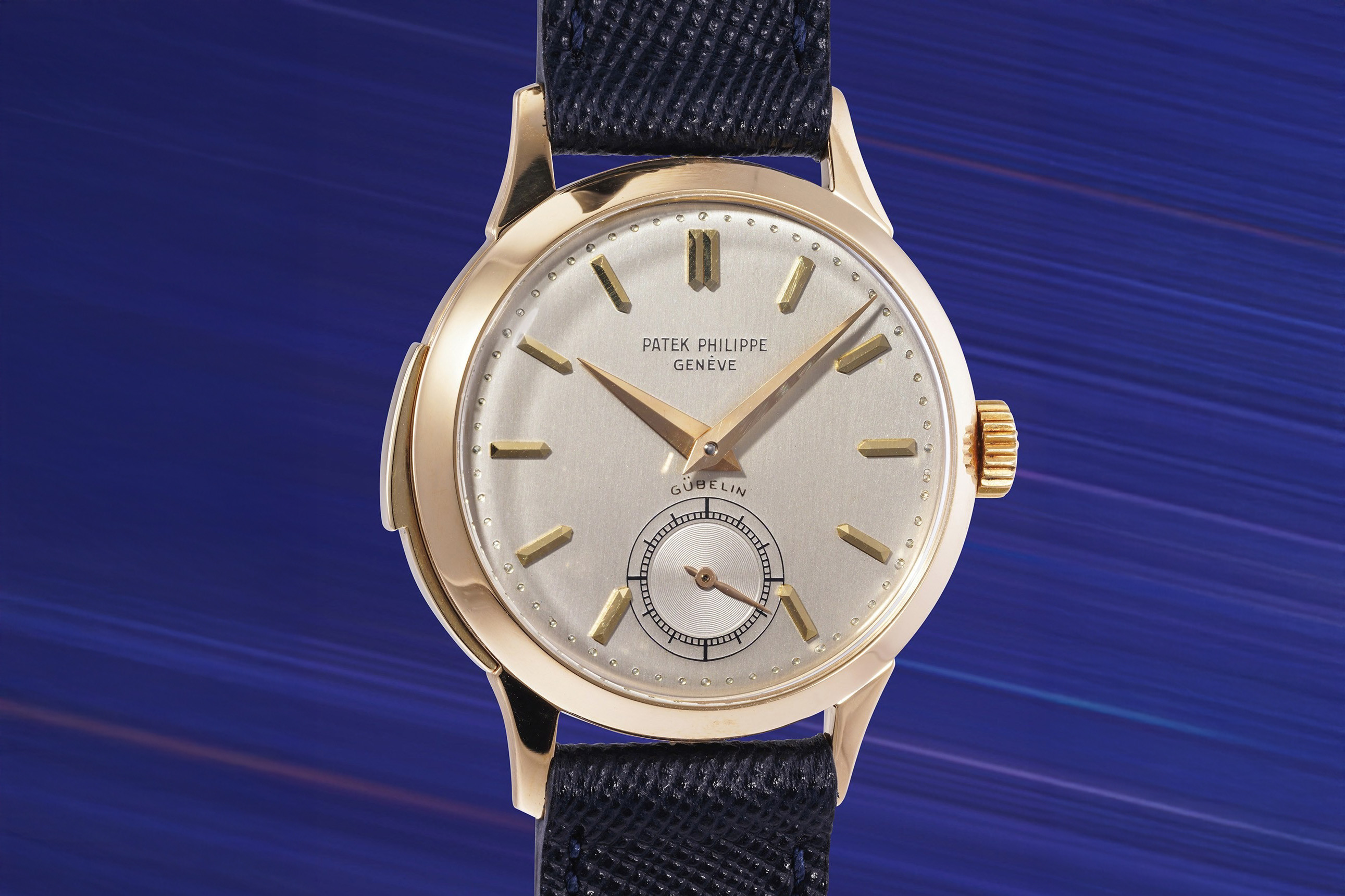
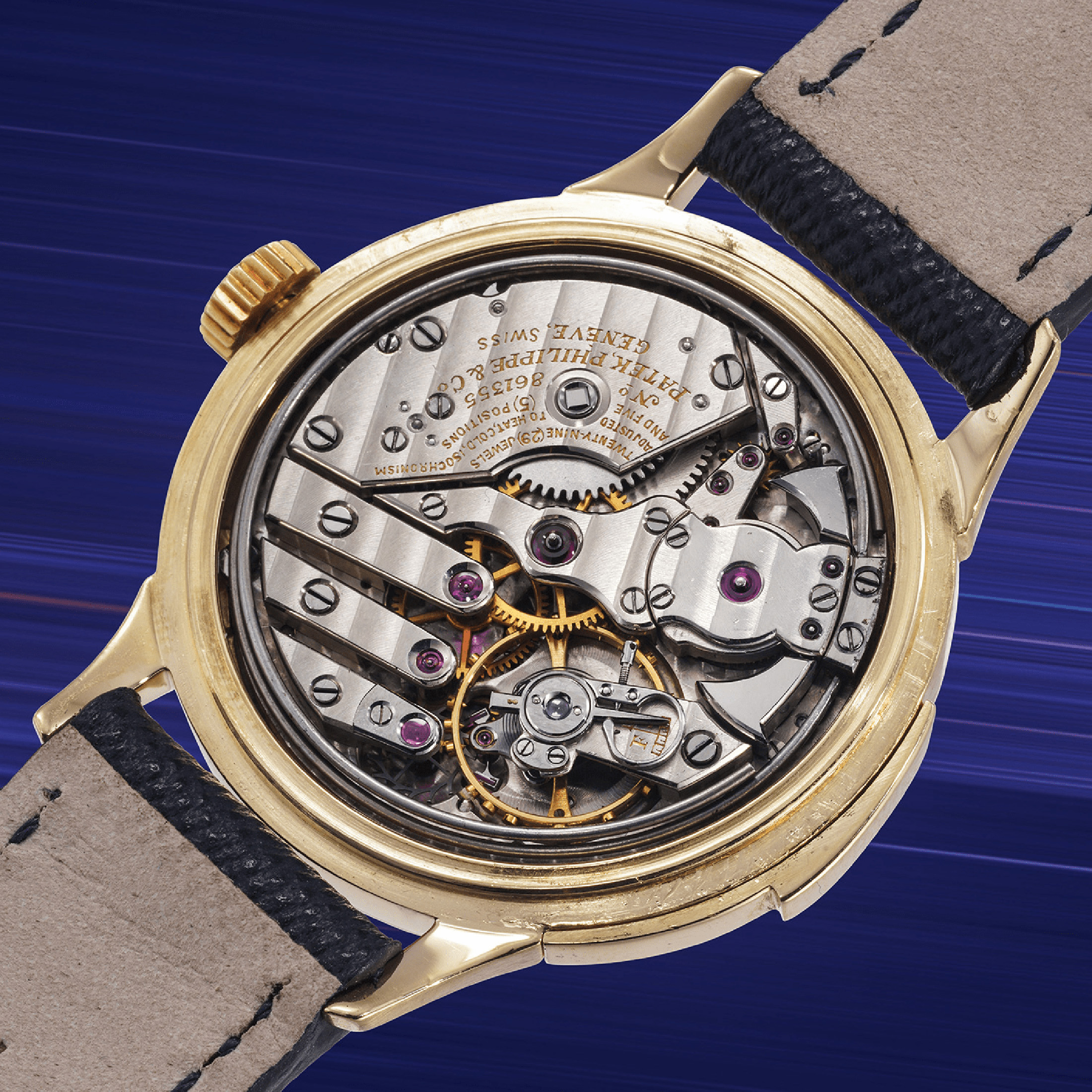
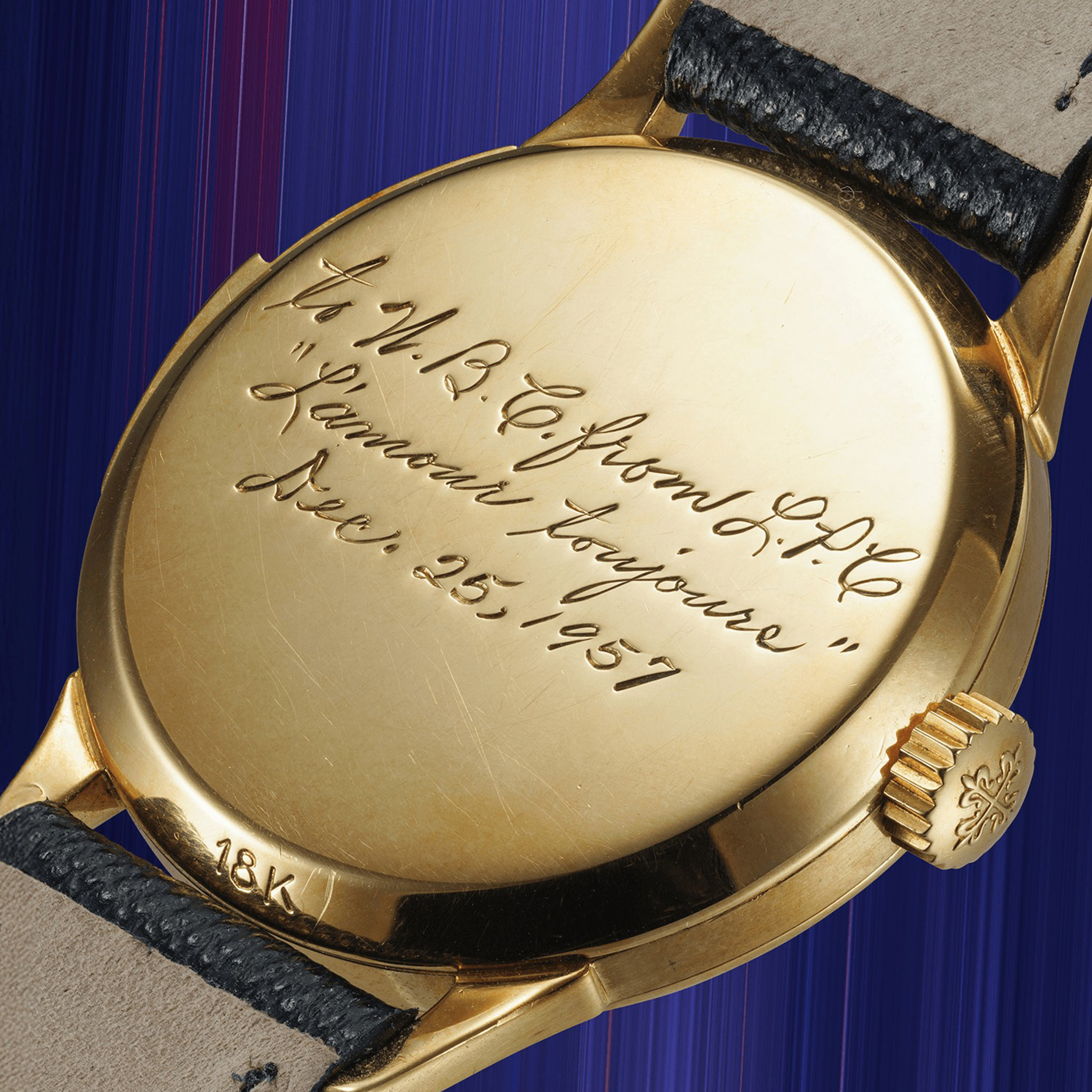

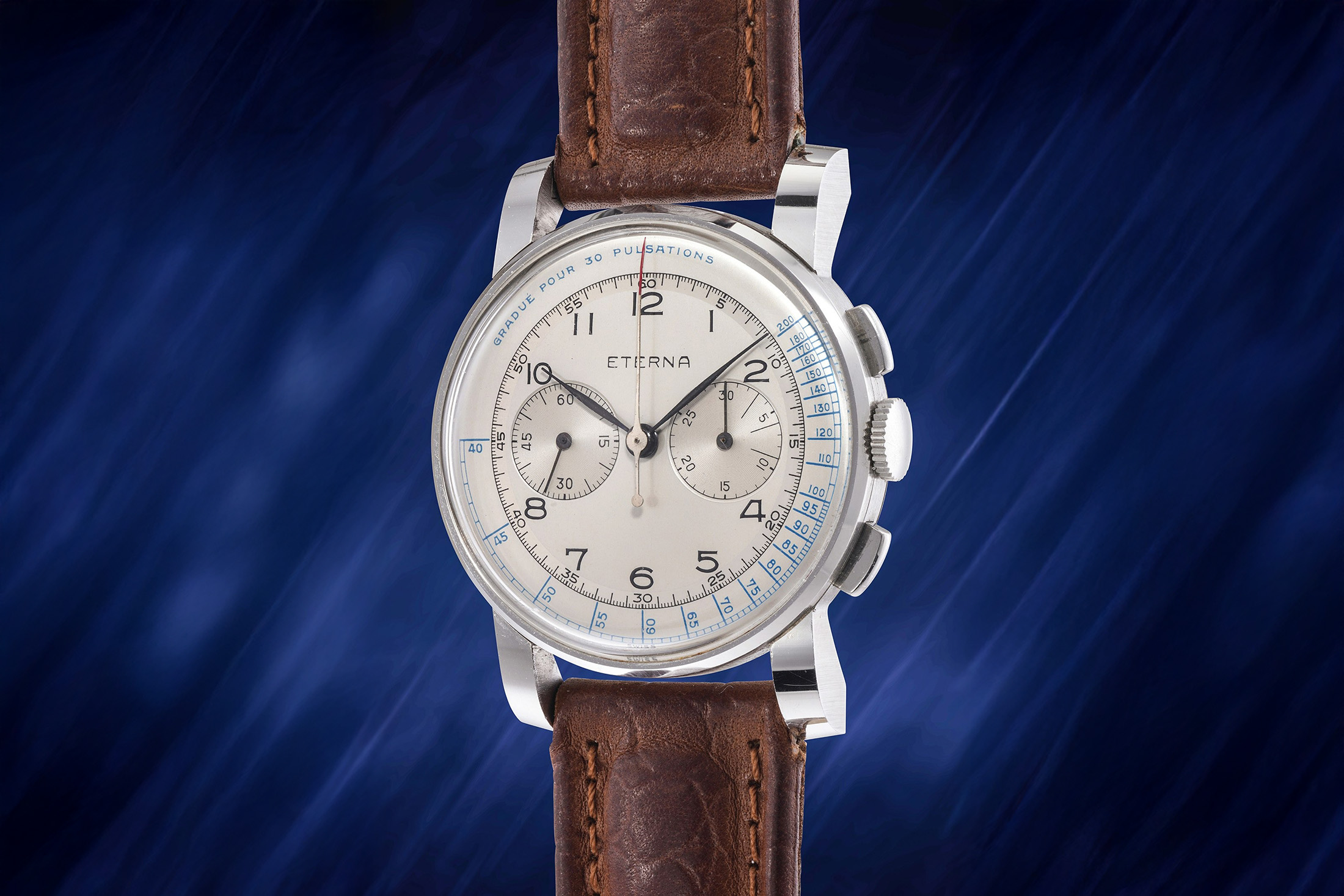
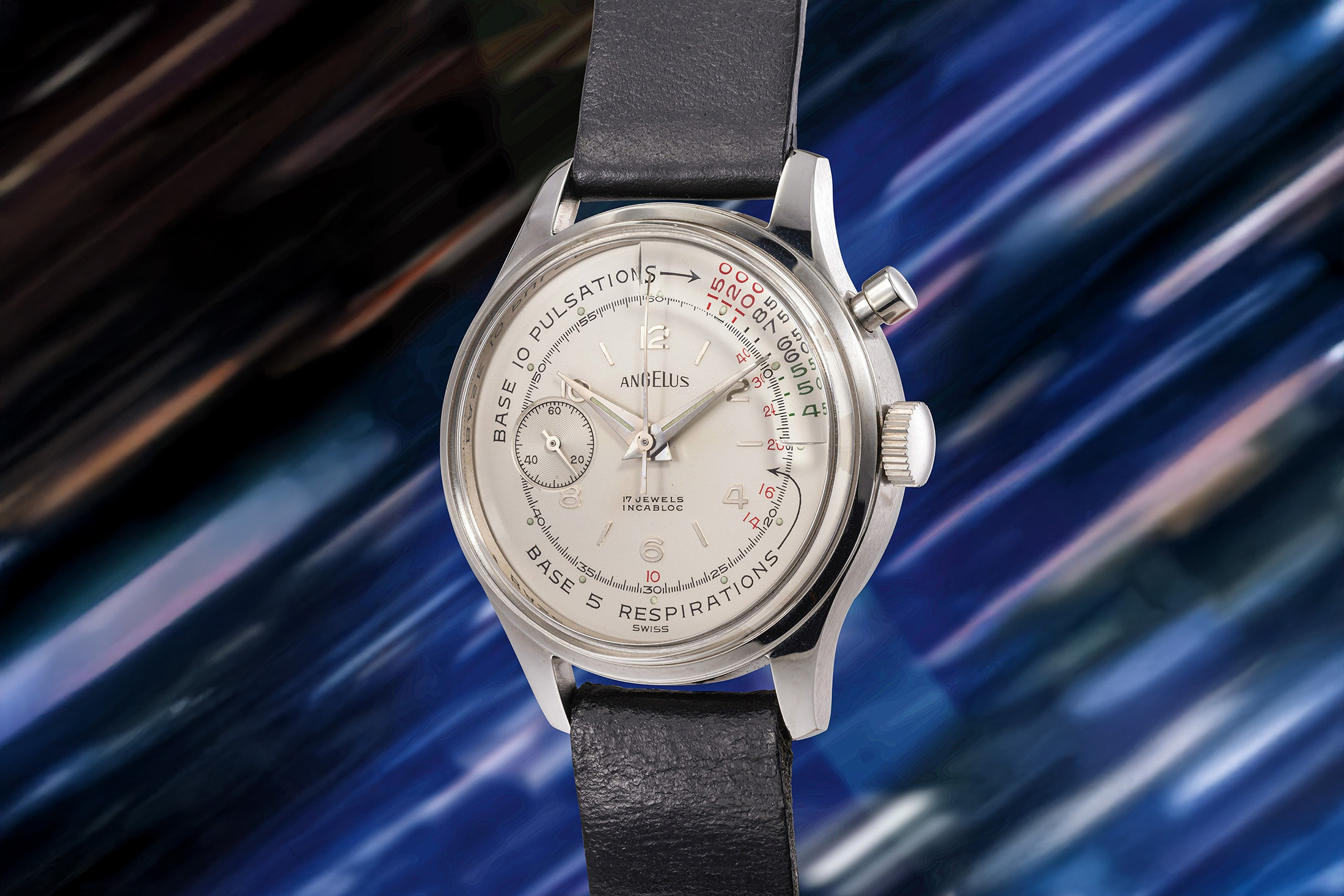






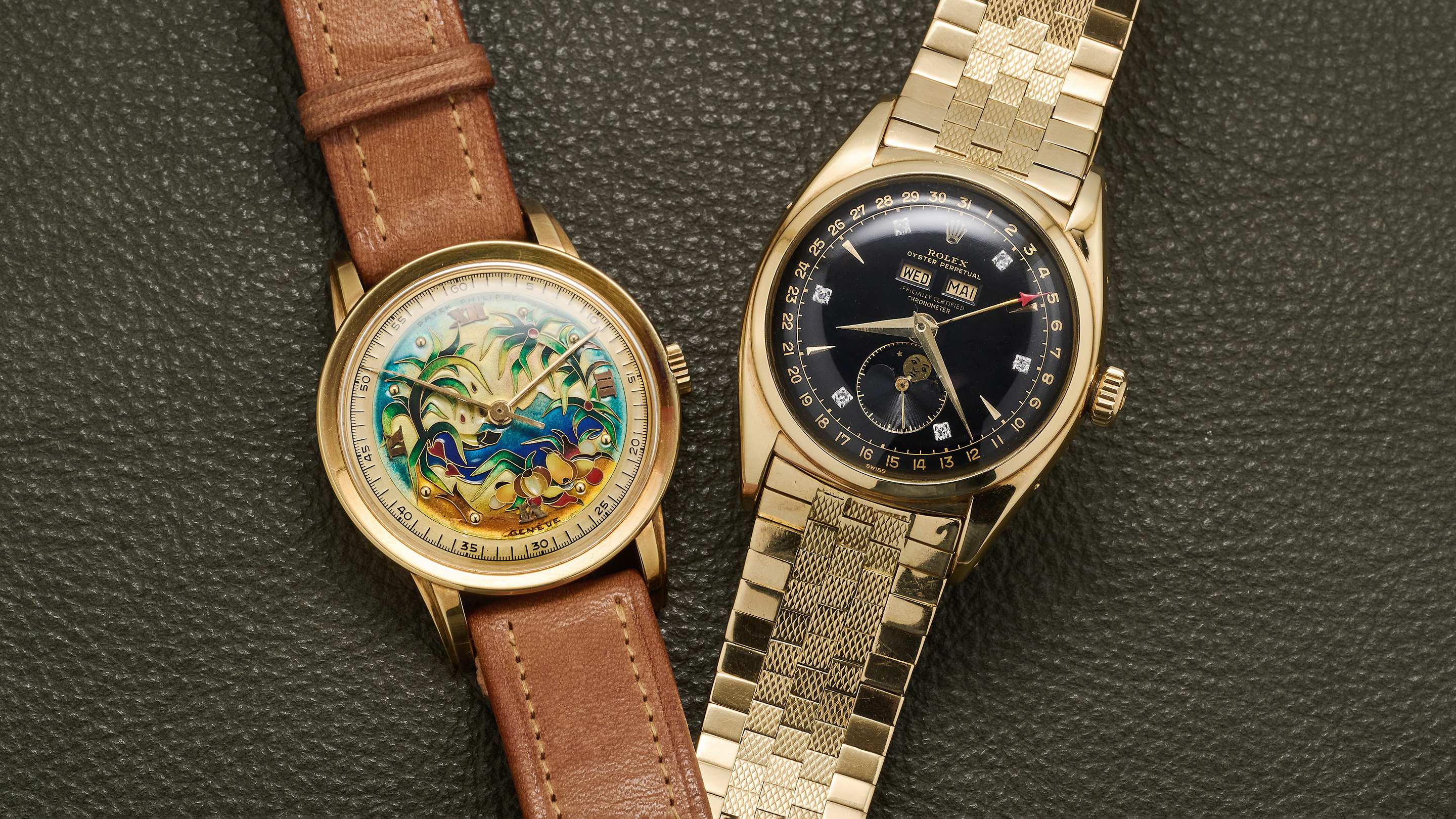
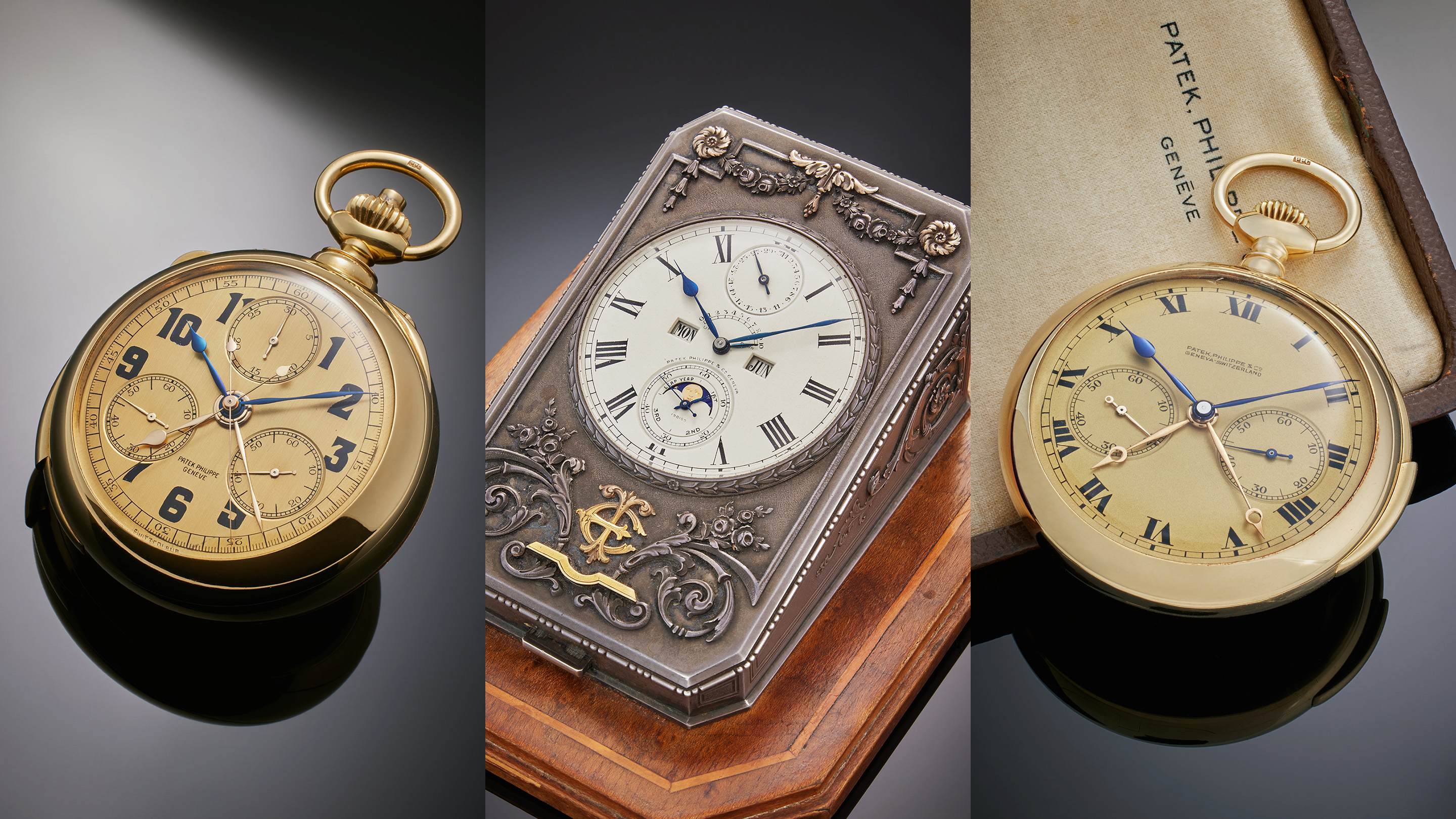
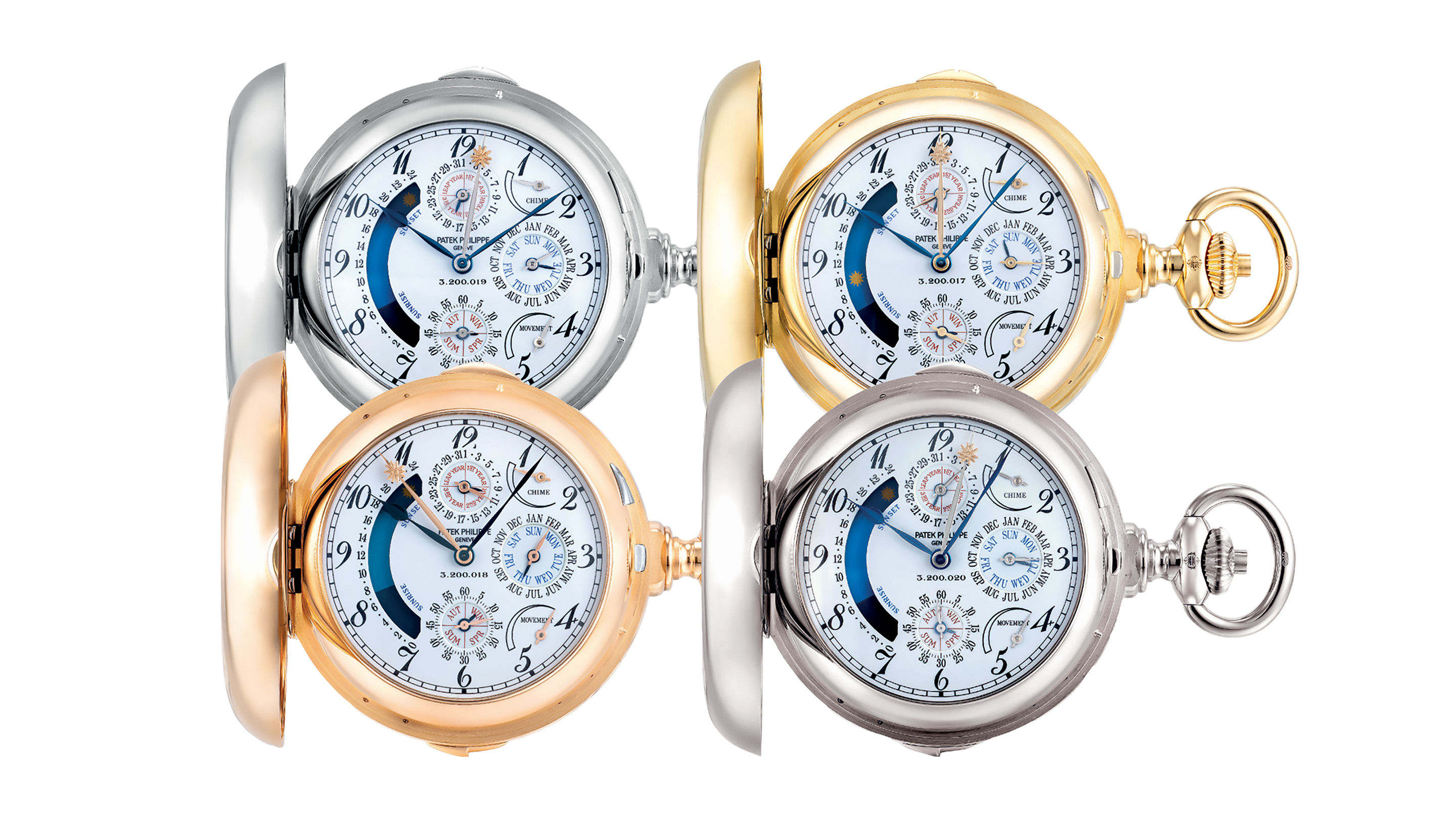
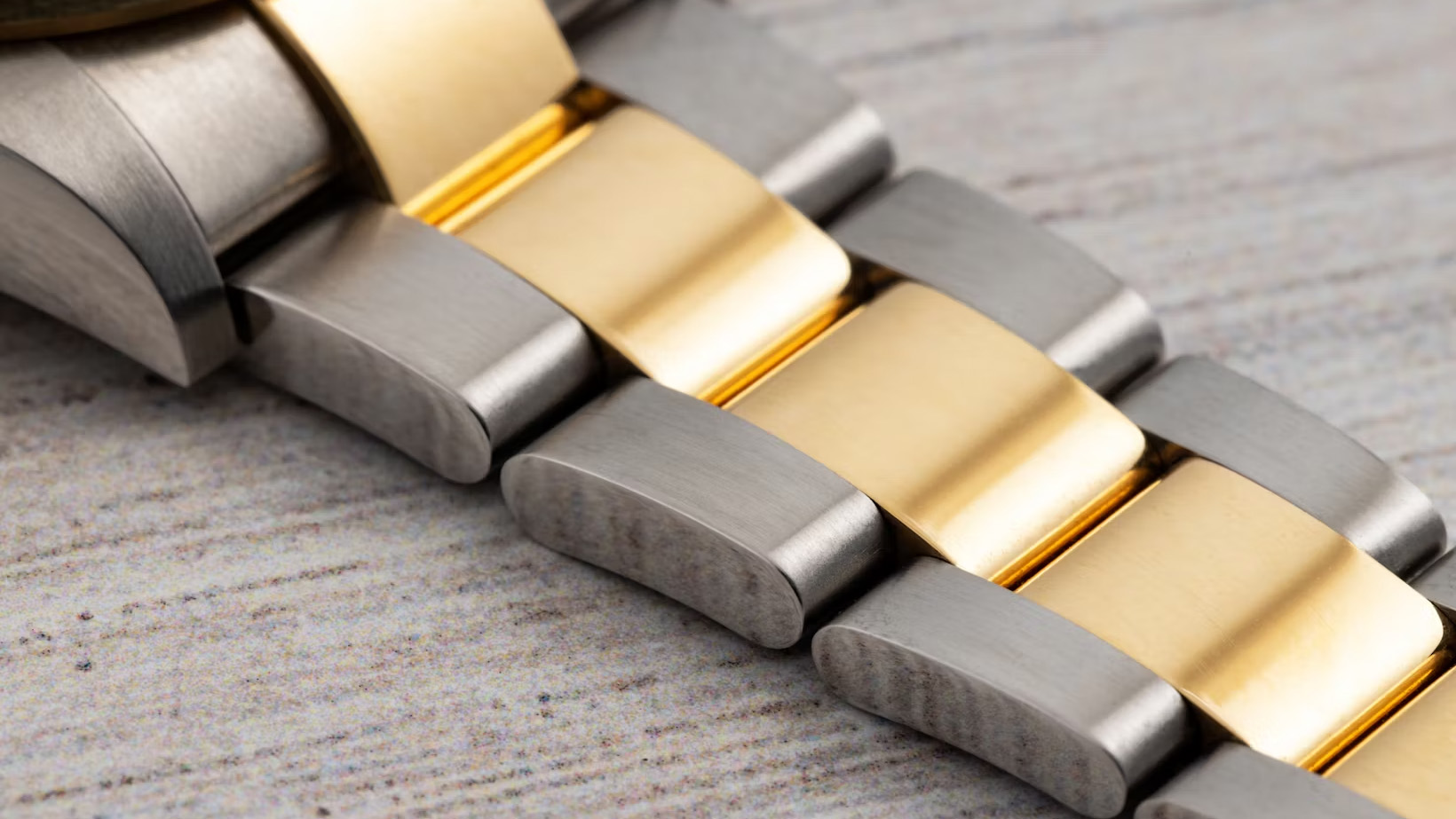
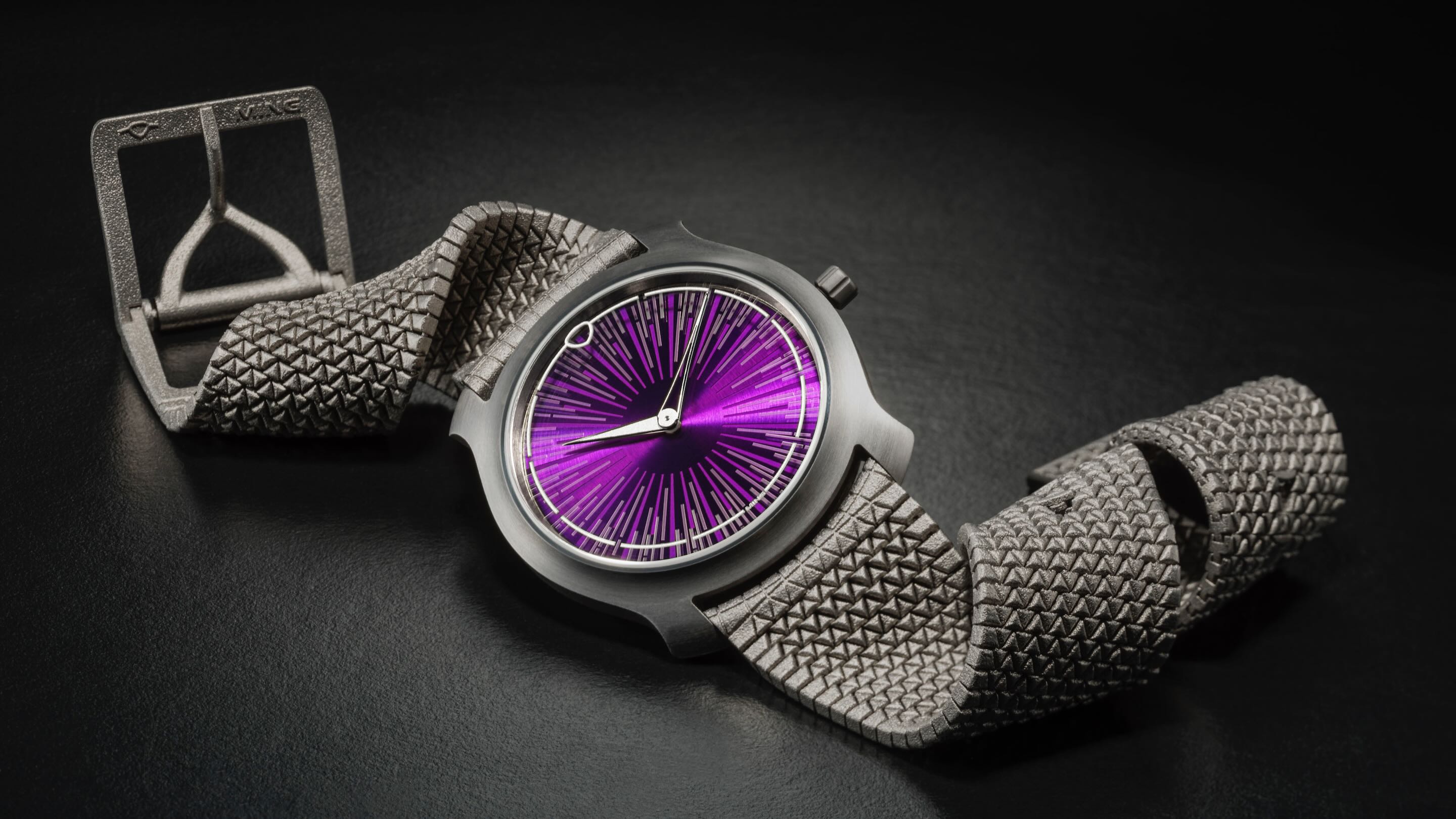
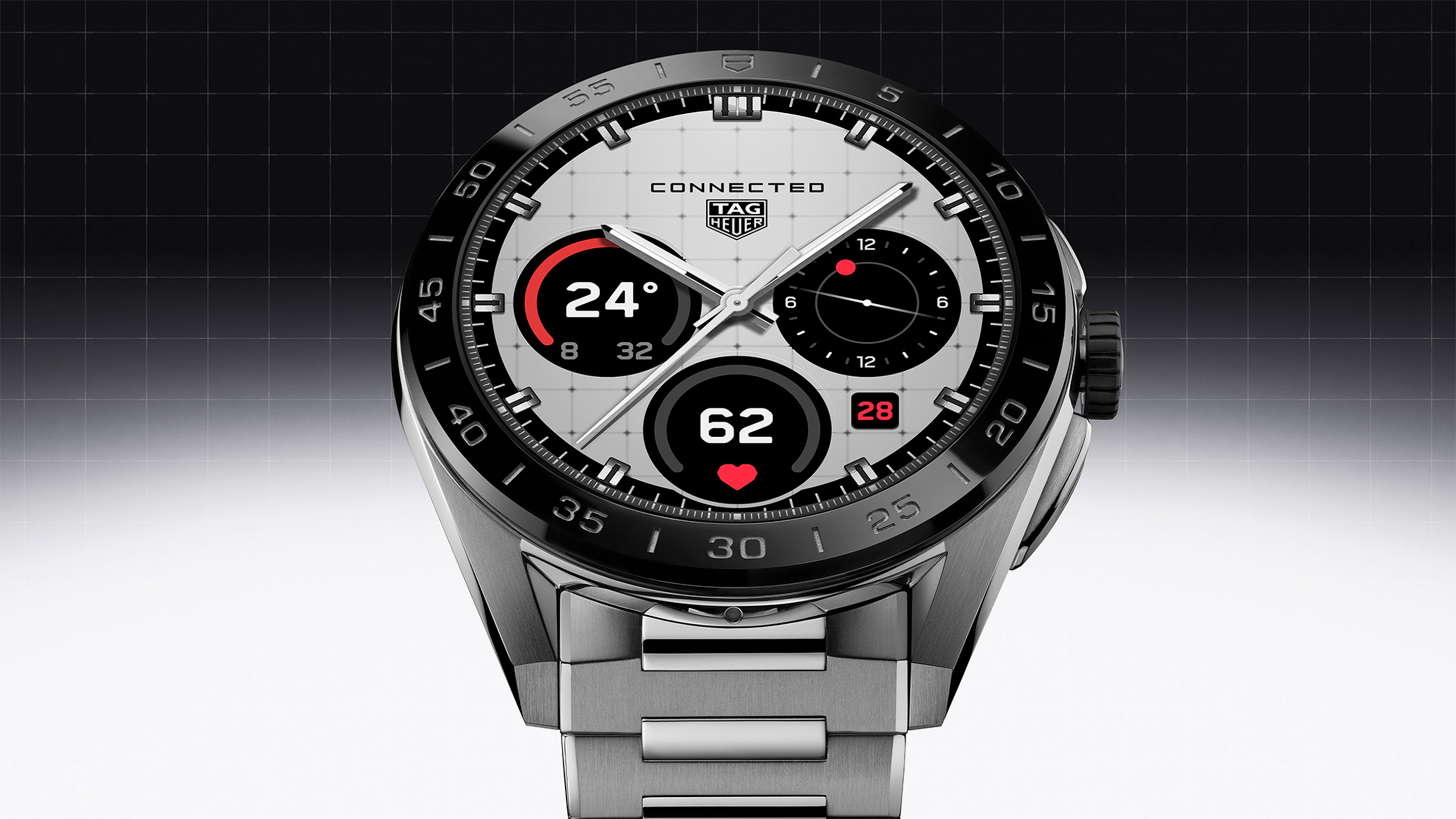
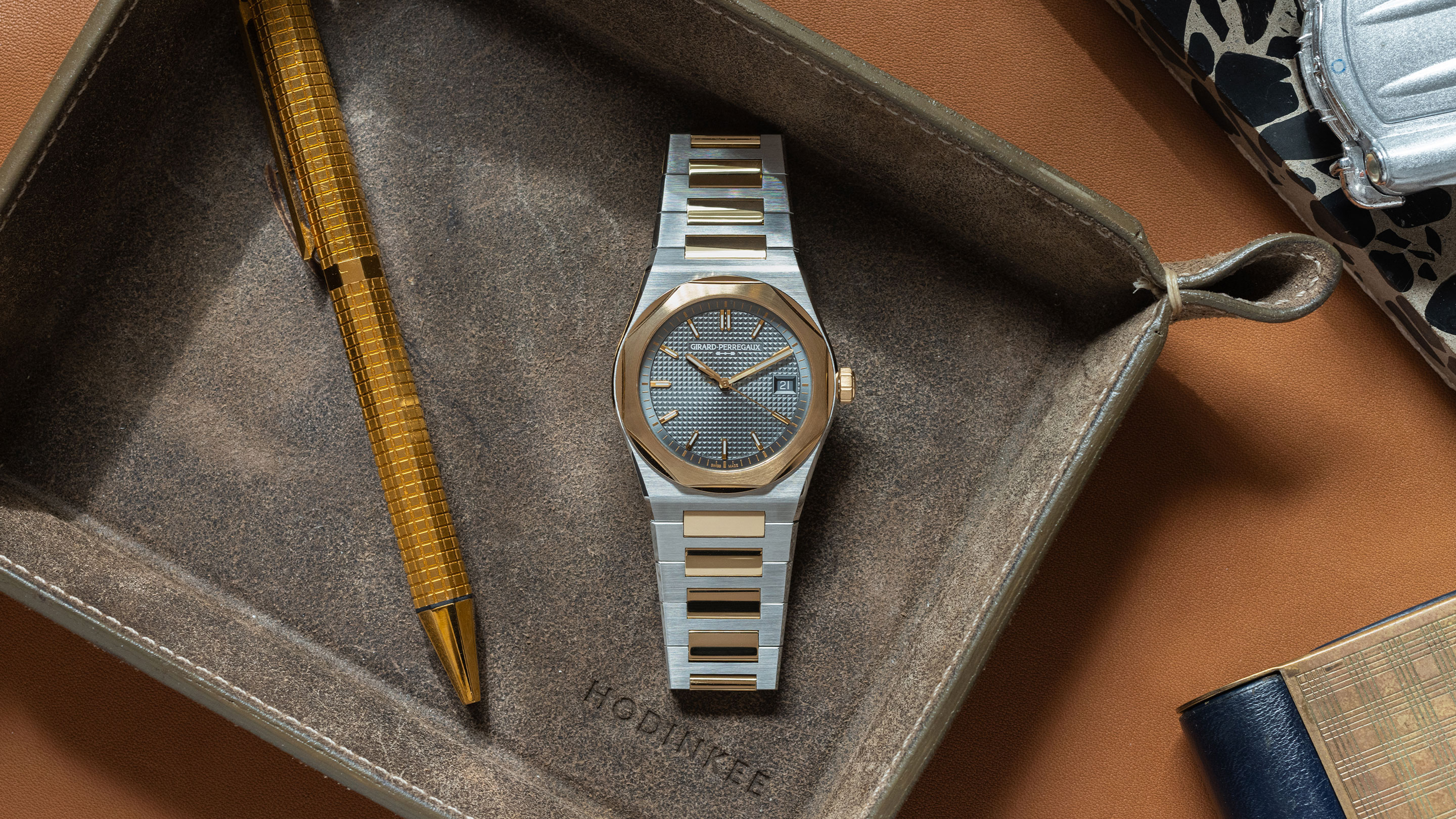
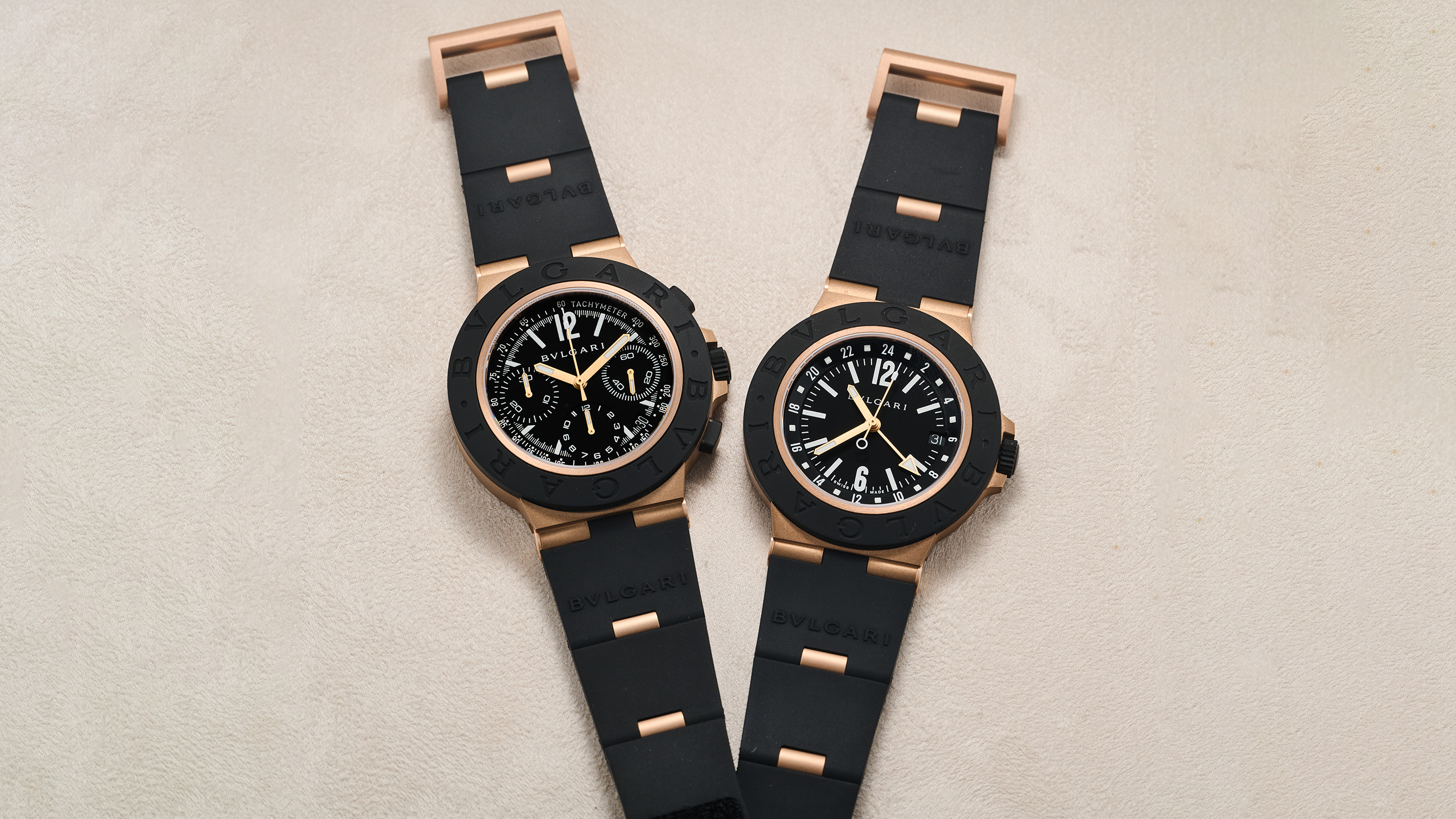
Top Discussions
Photo ReportInside Mike Wood’s ‘For Exhibition Only’: A Private Rolex Collection On Limited Display
Breaking NewsA Yellow Gold Rolex ref. 6062 Sets Record for the Reference, Third Most Expensive Rolex Ever Sold, At $6.2 Million
IntroducingSeiko Brings Back The 'Rotocall', A Digital Quartz Reissue That Turns Our Bezel